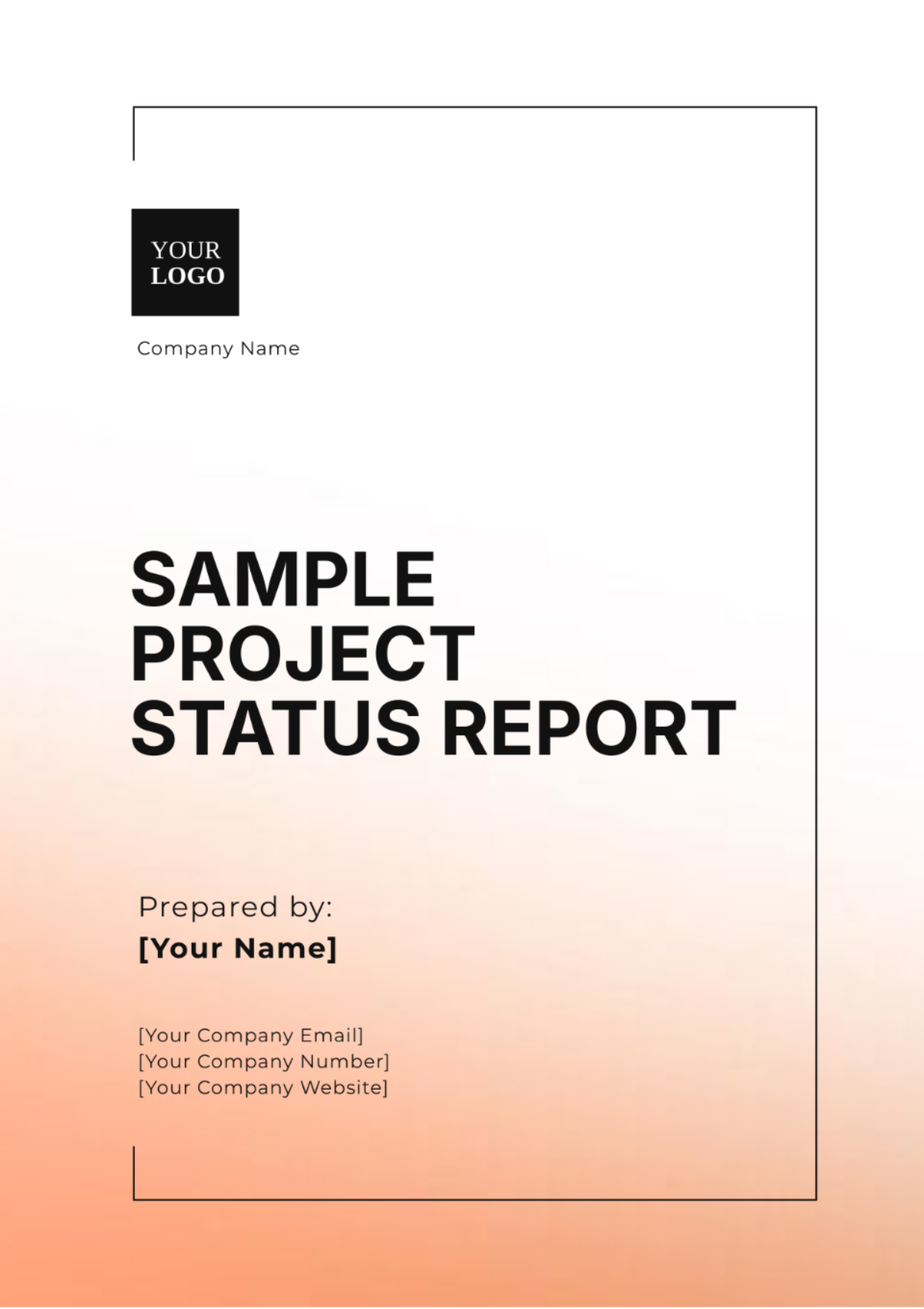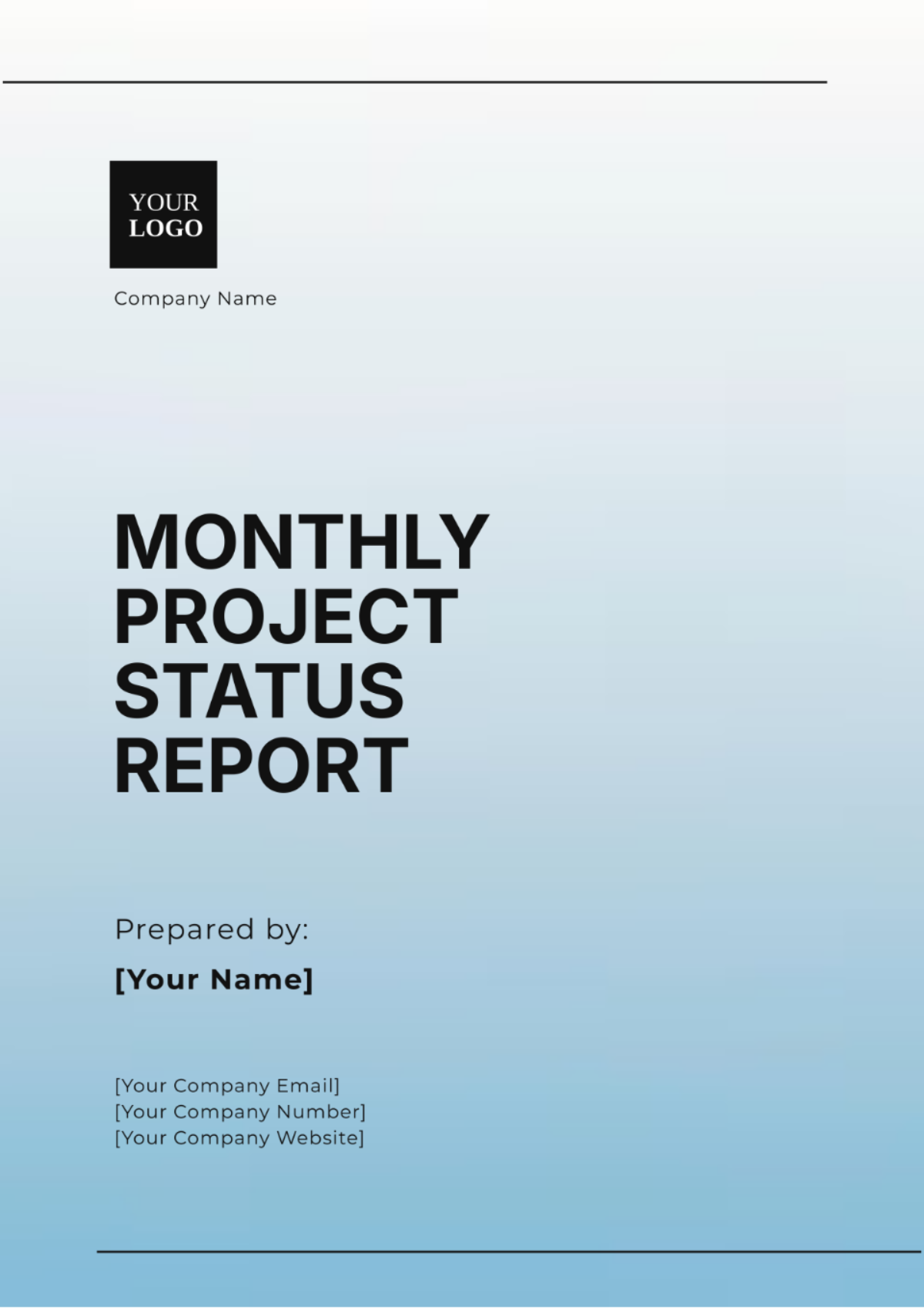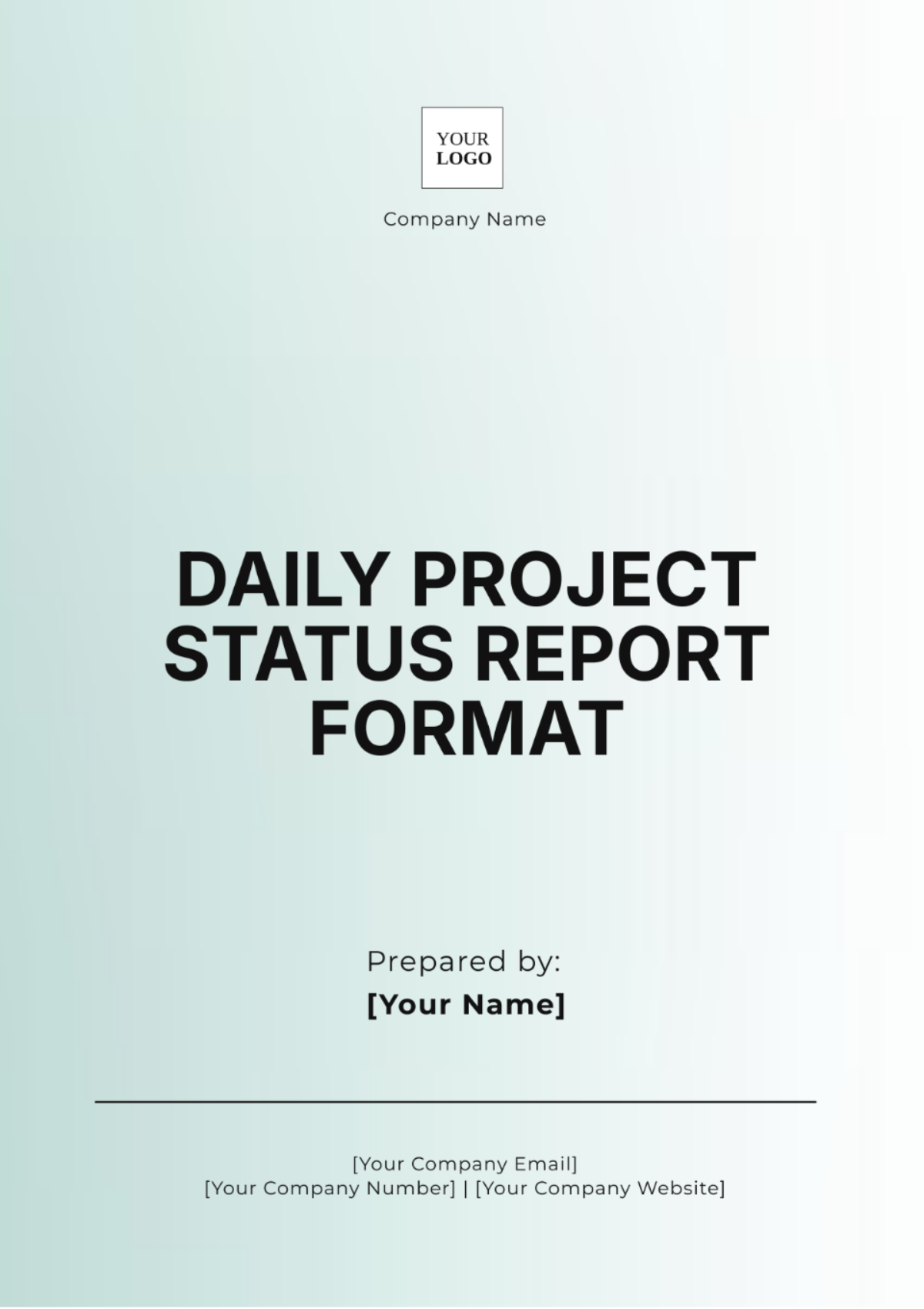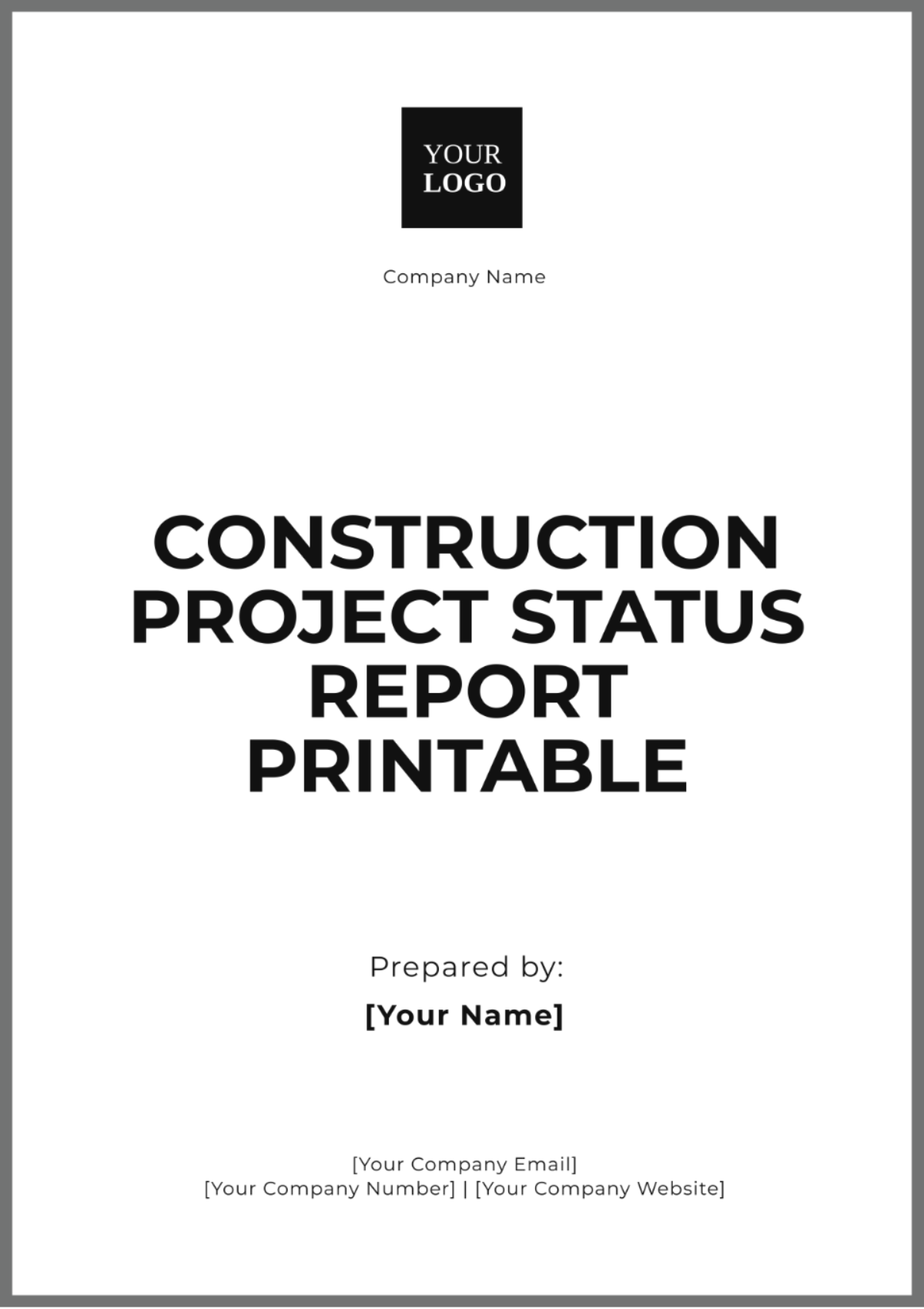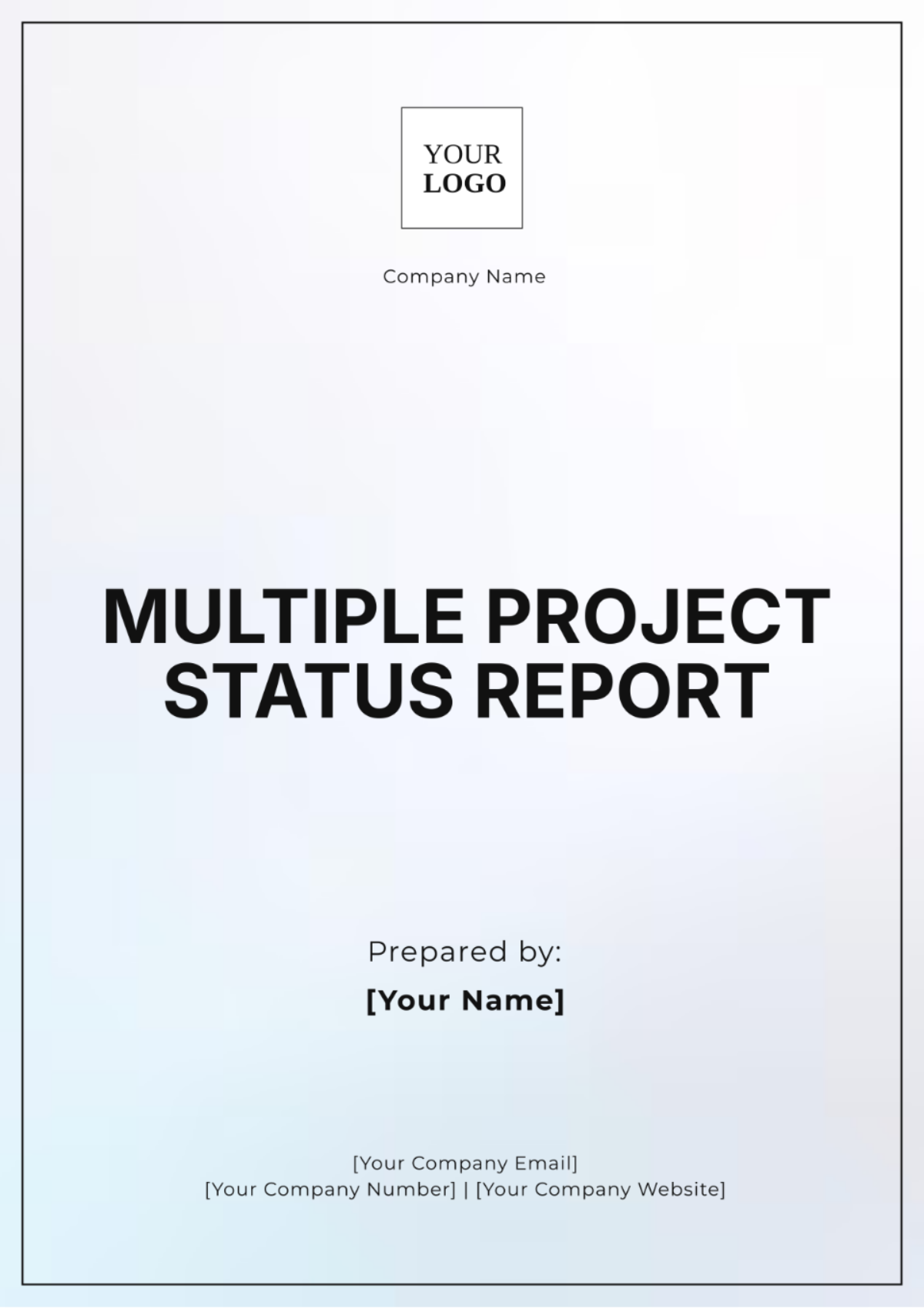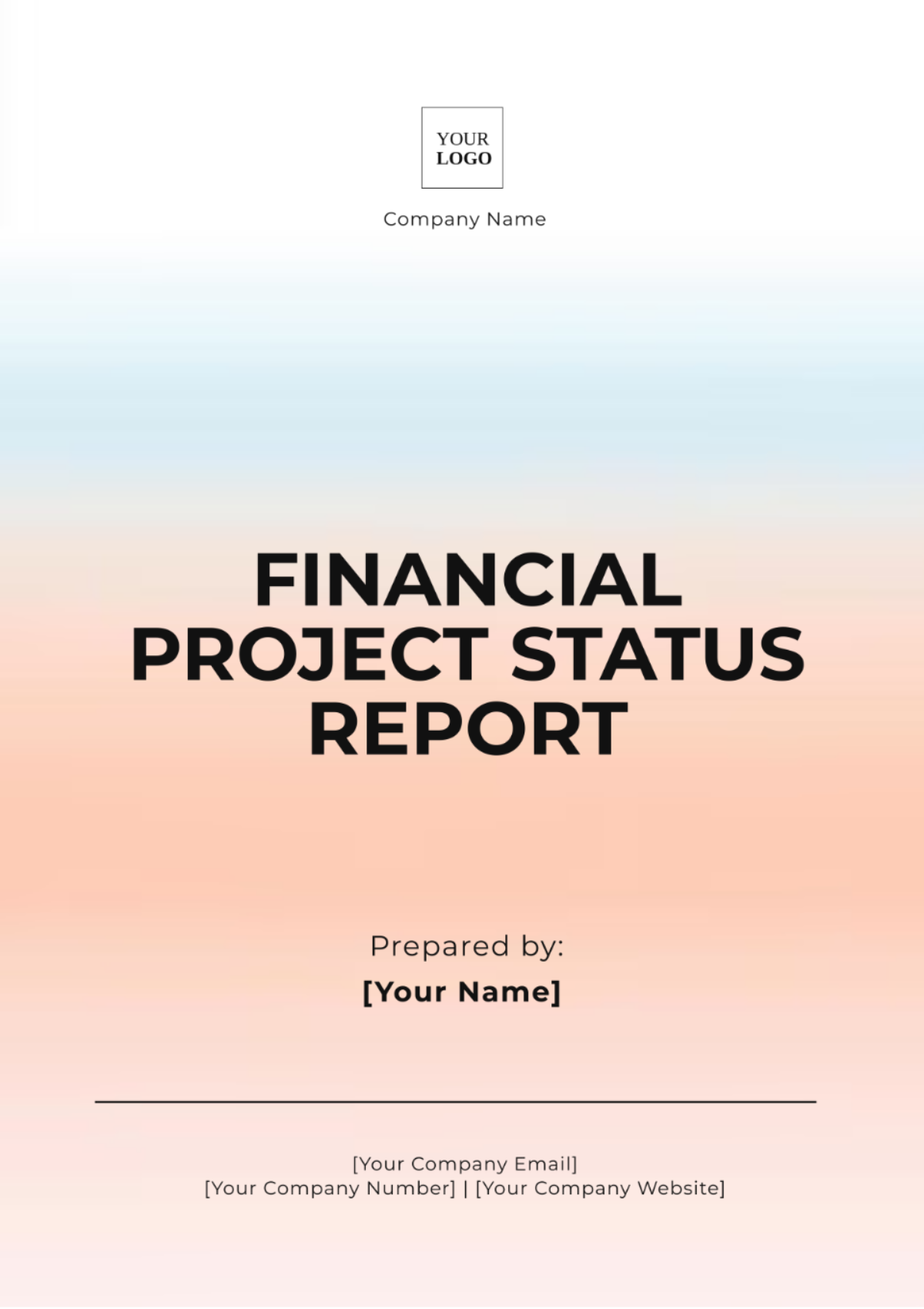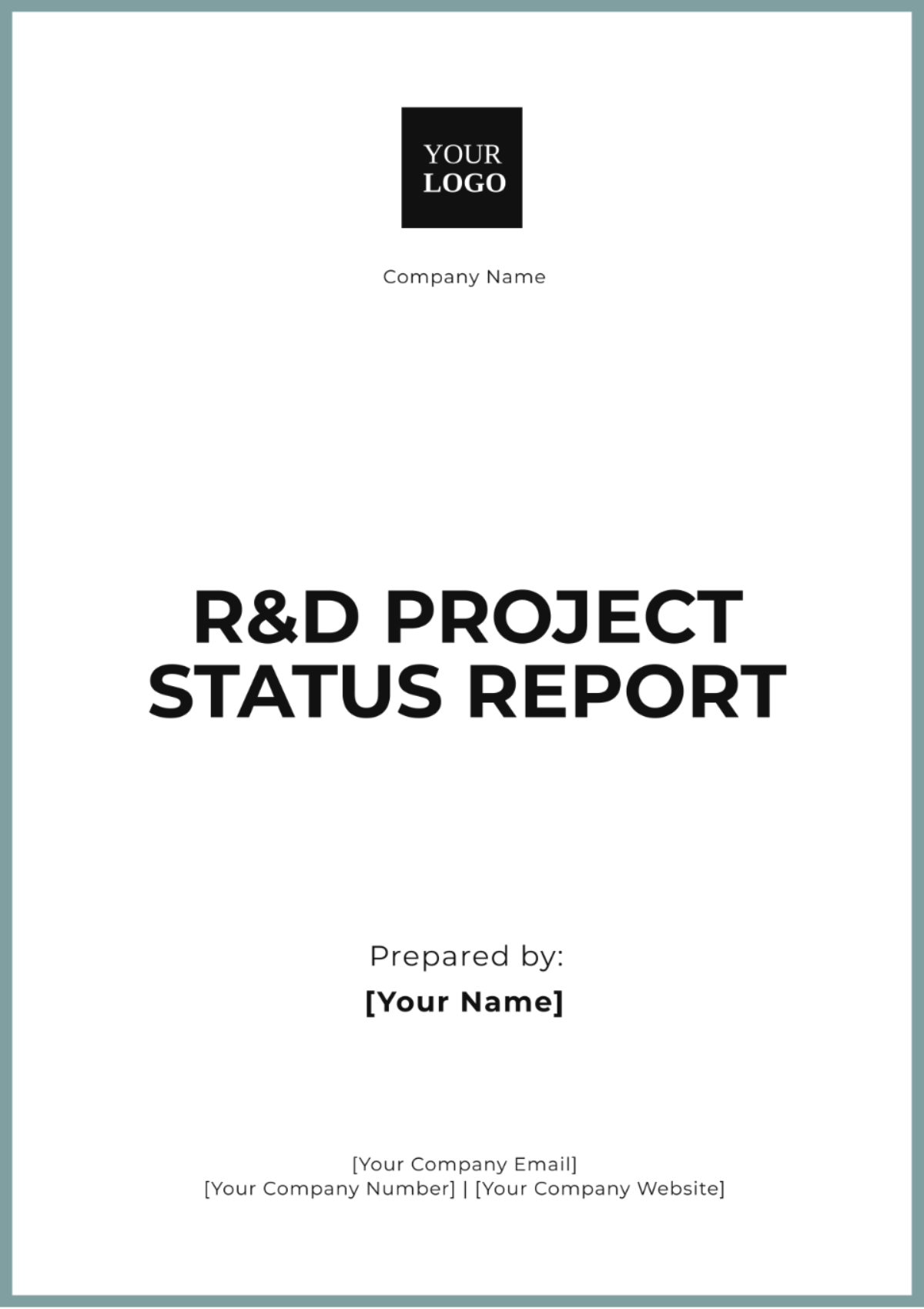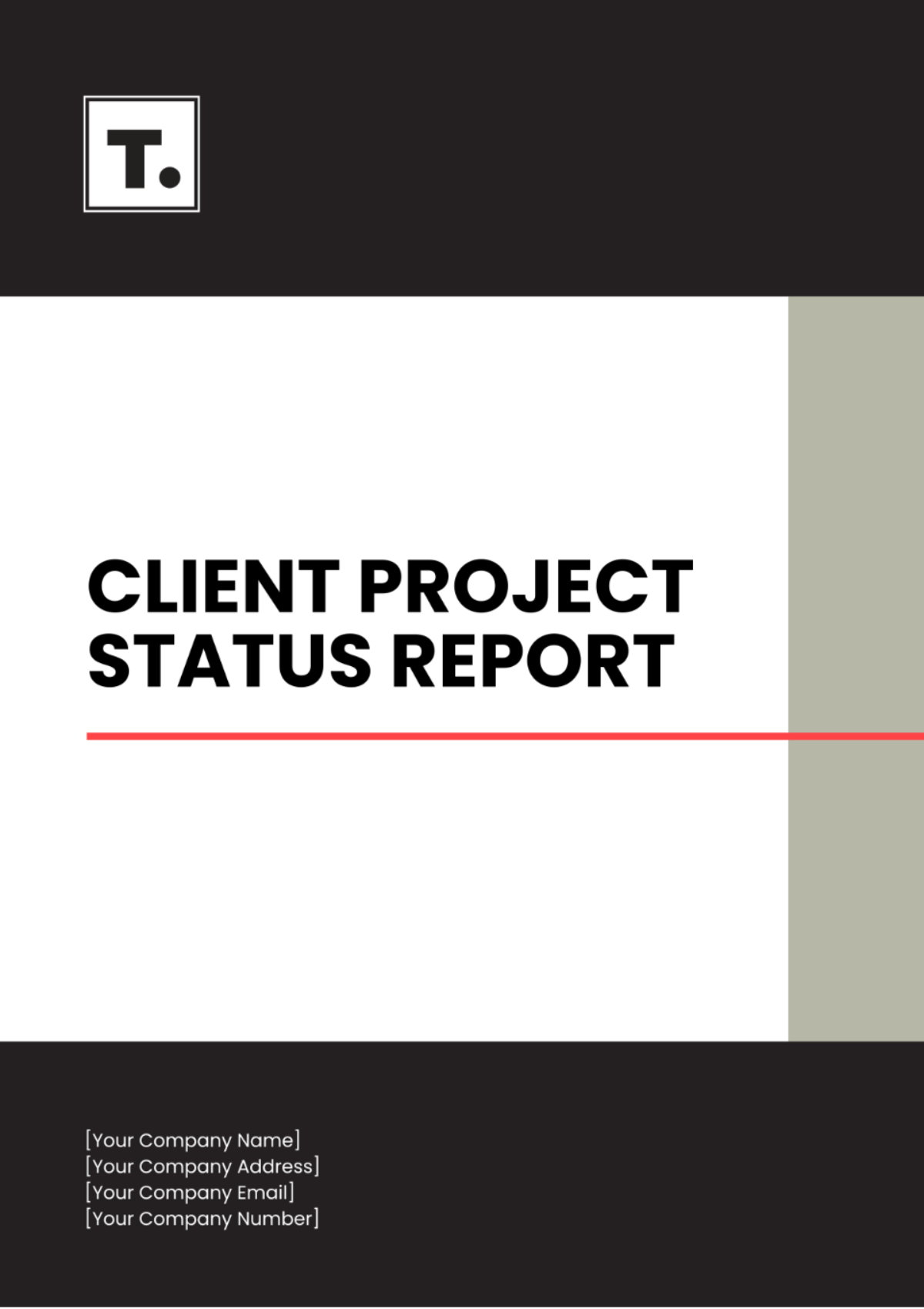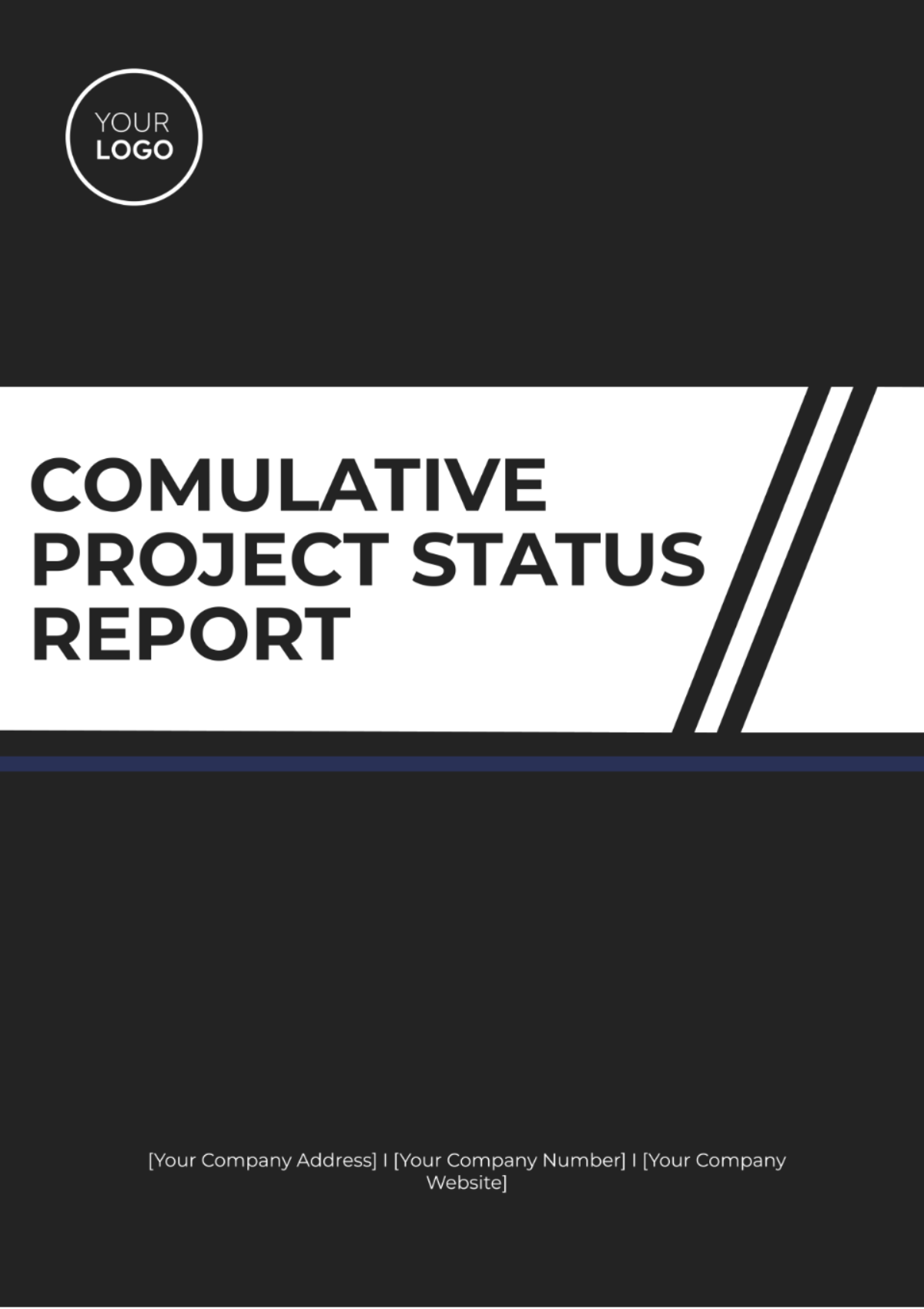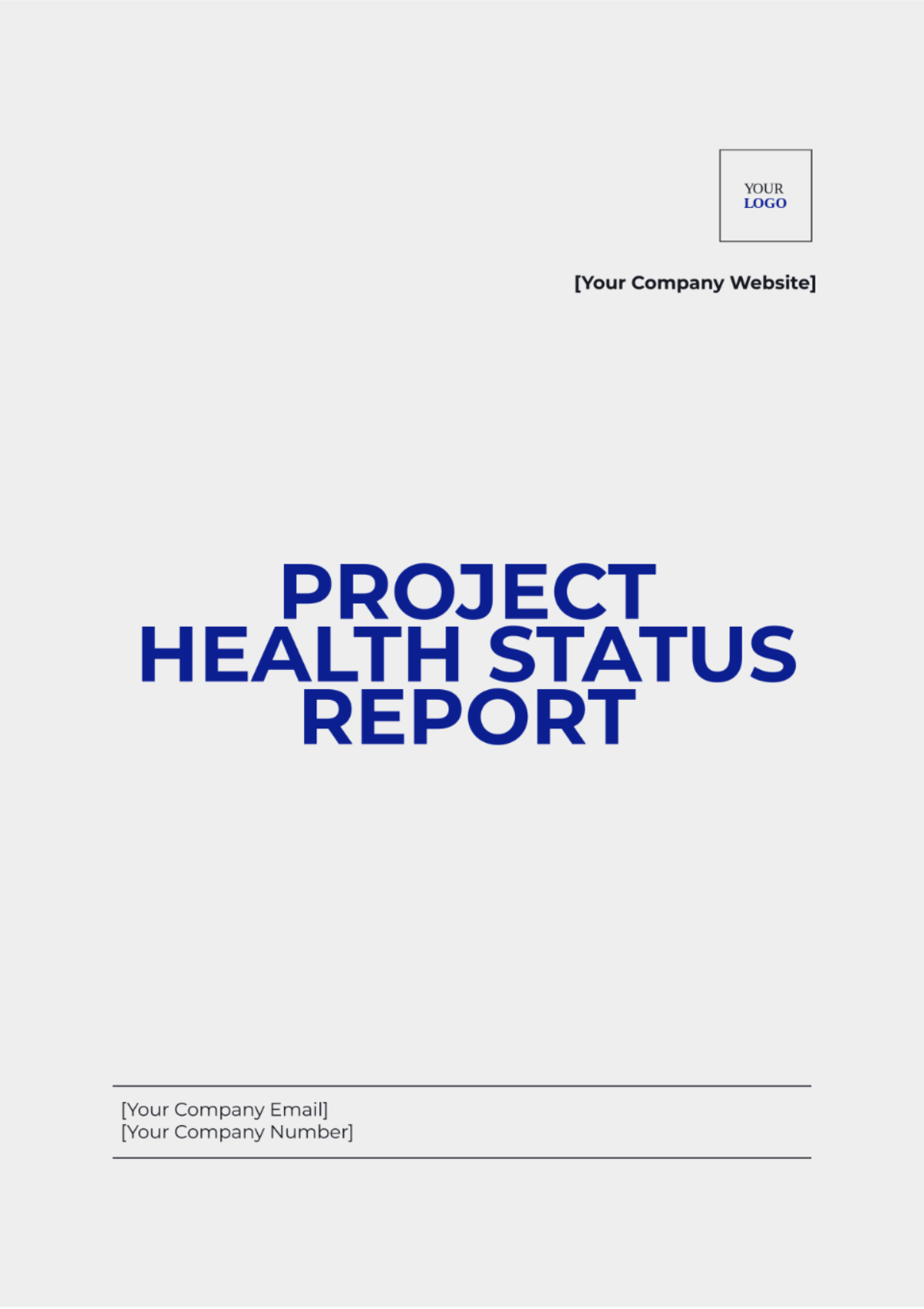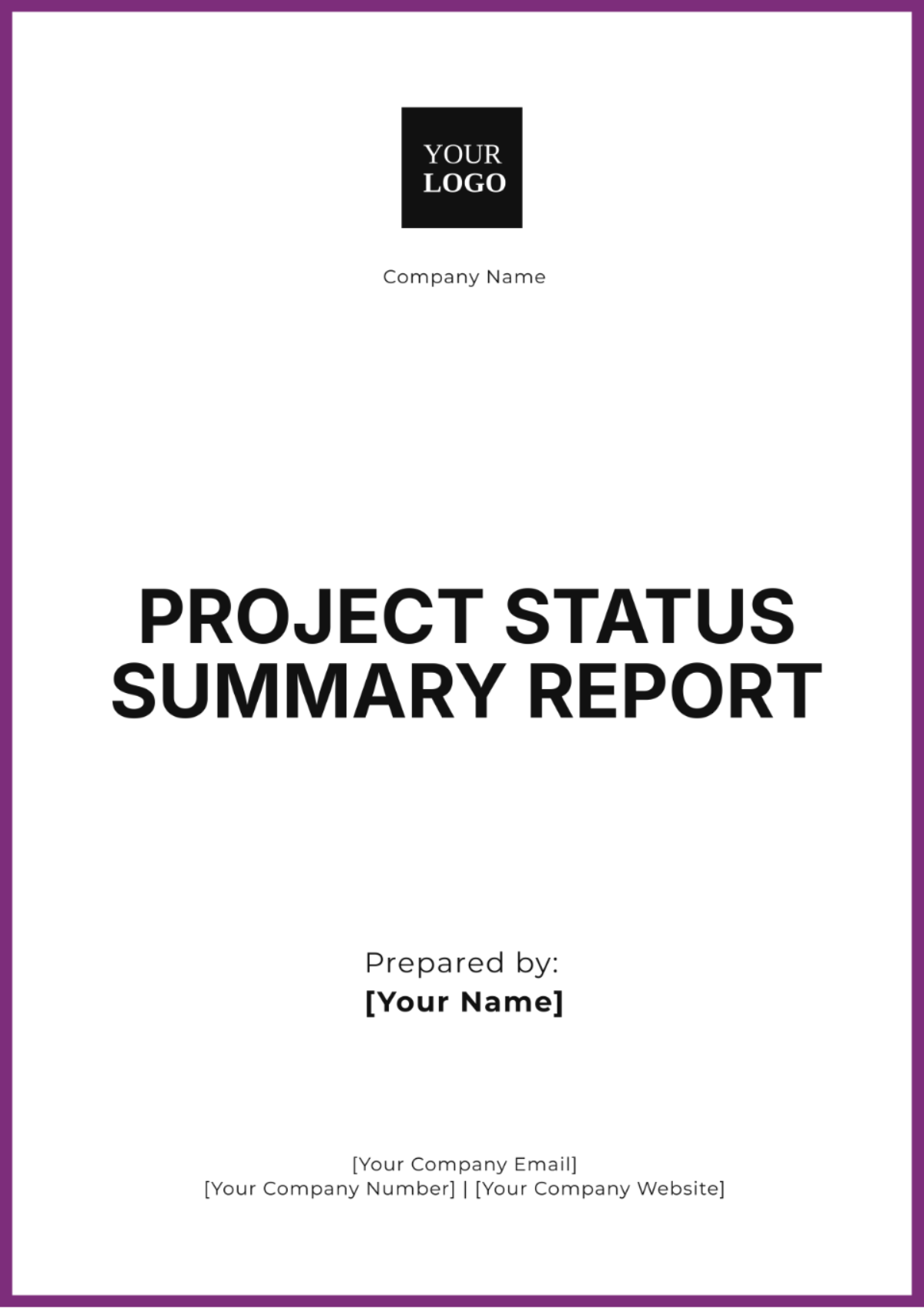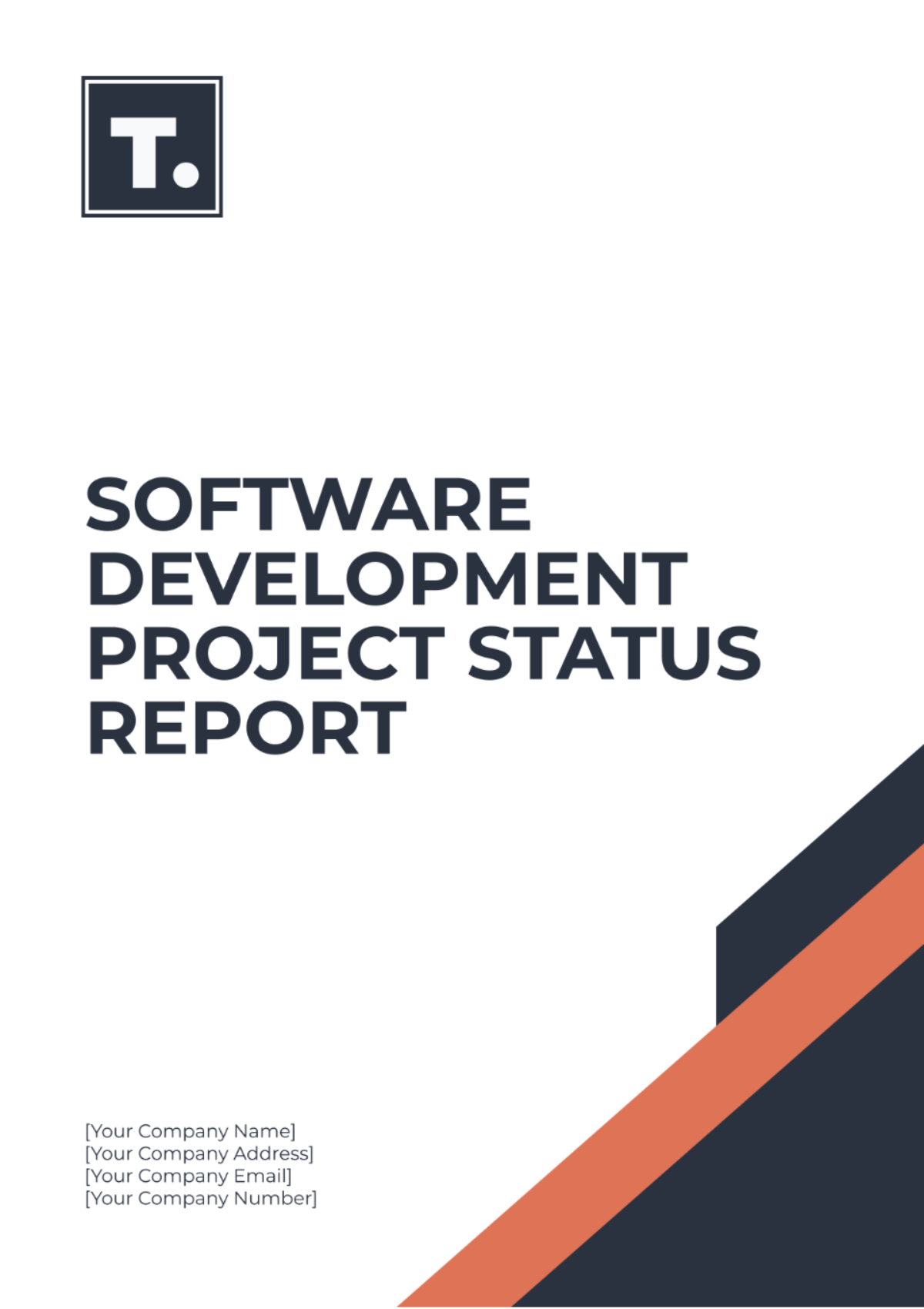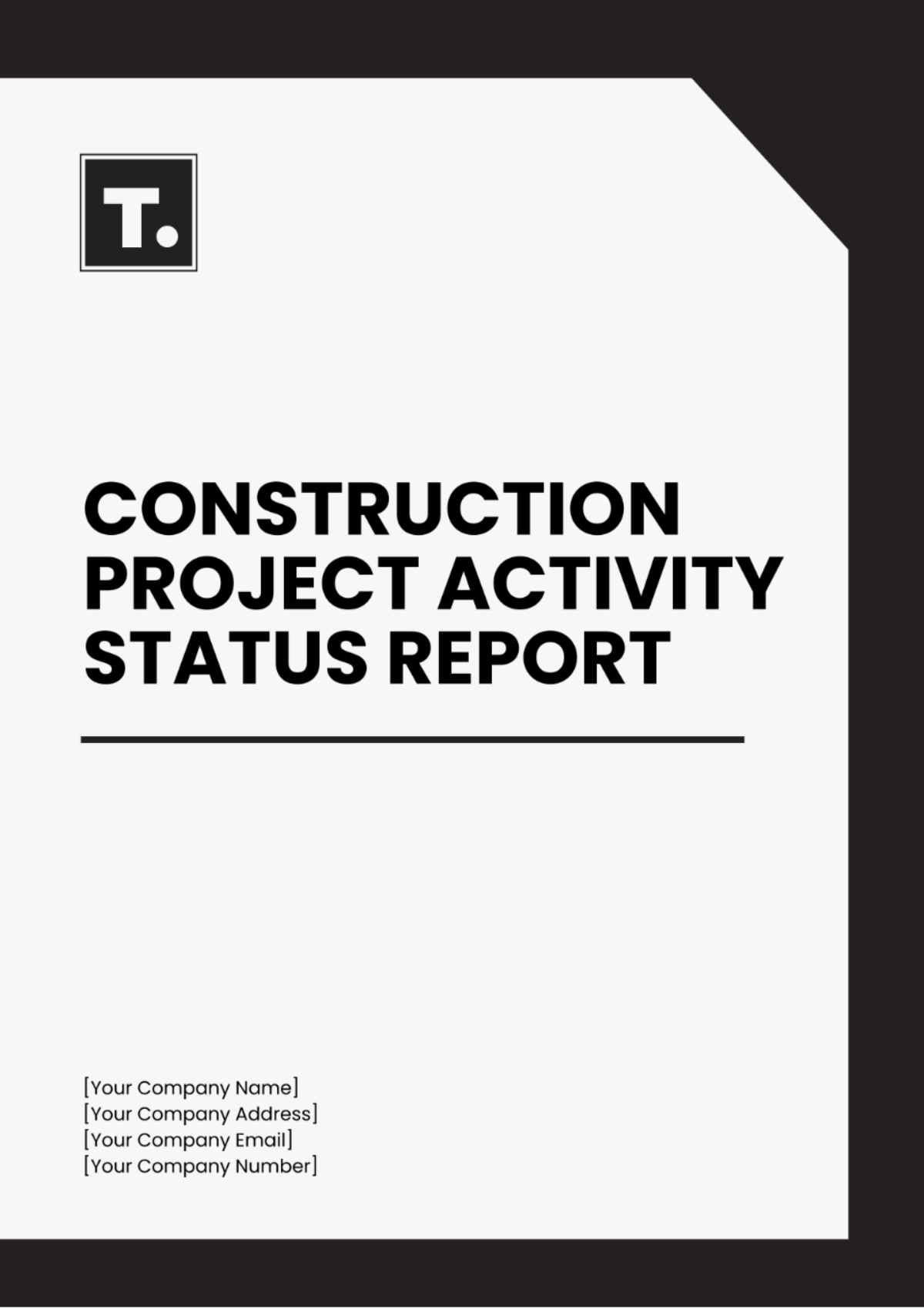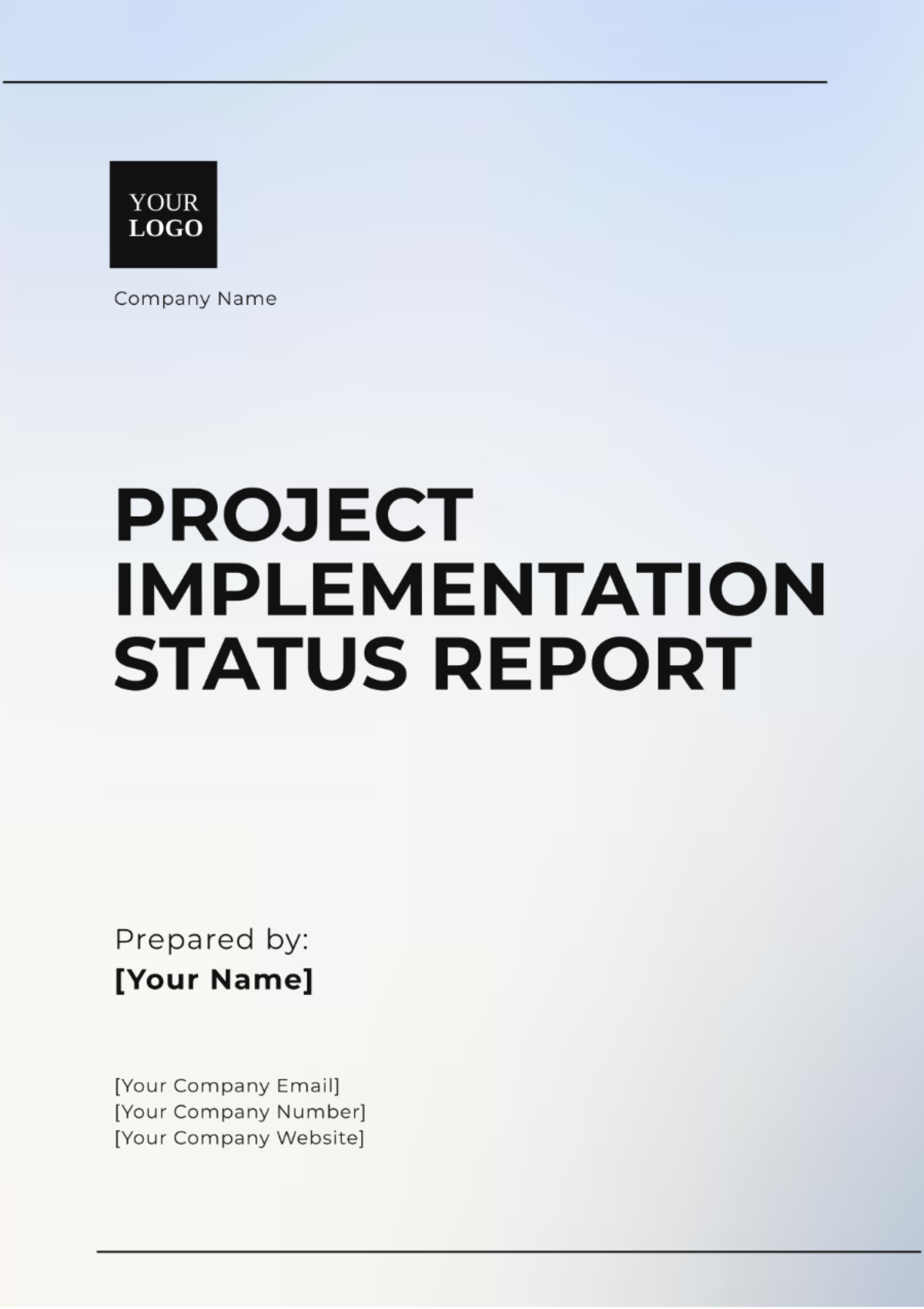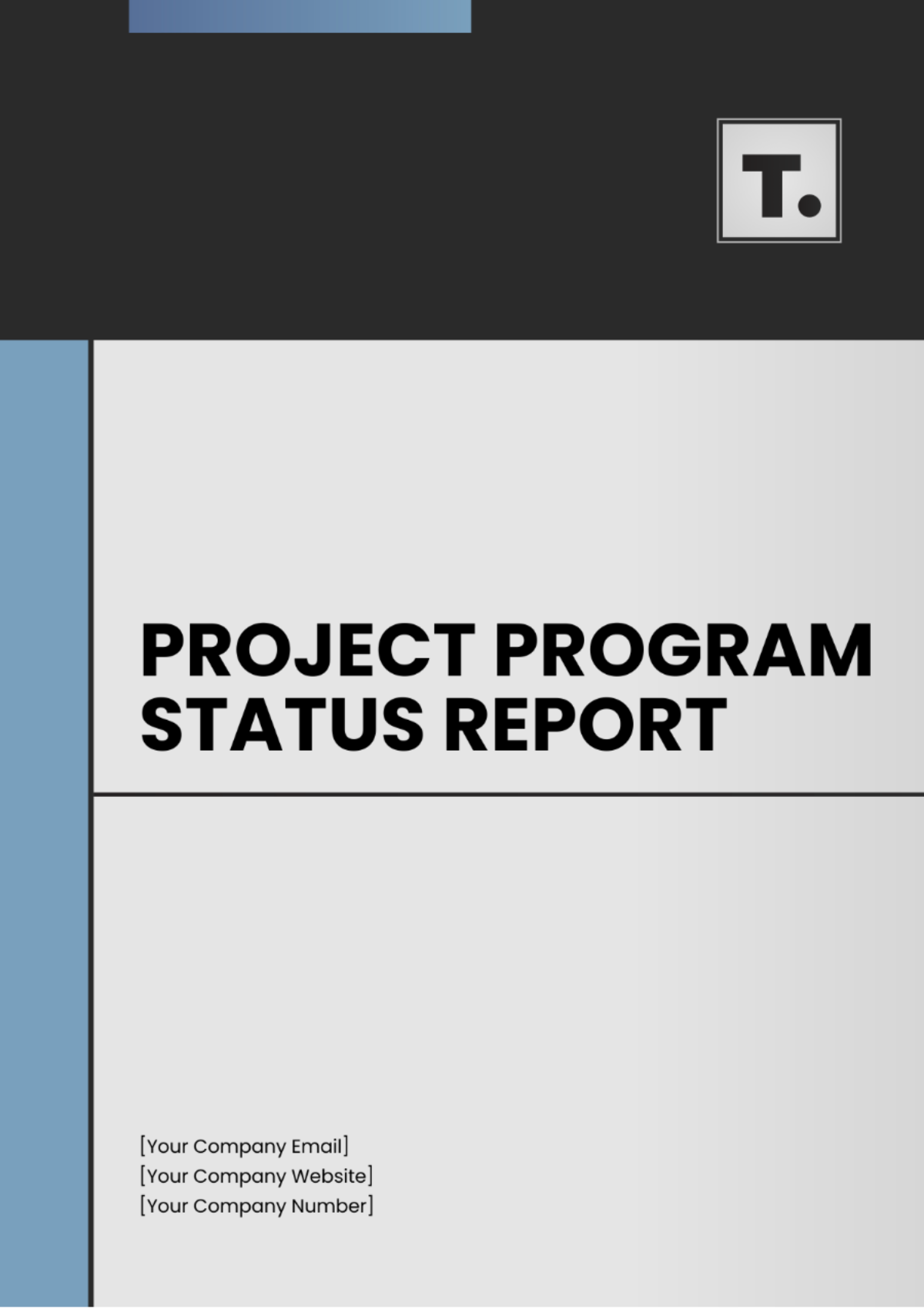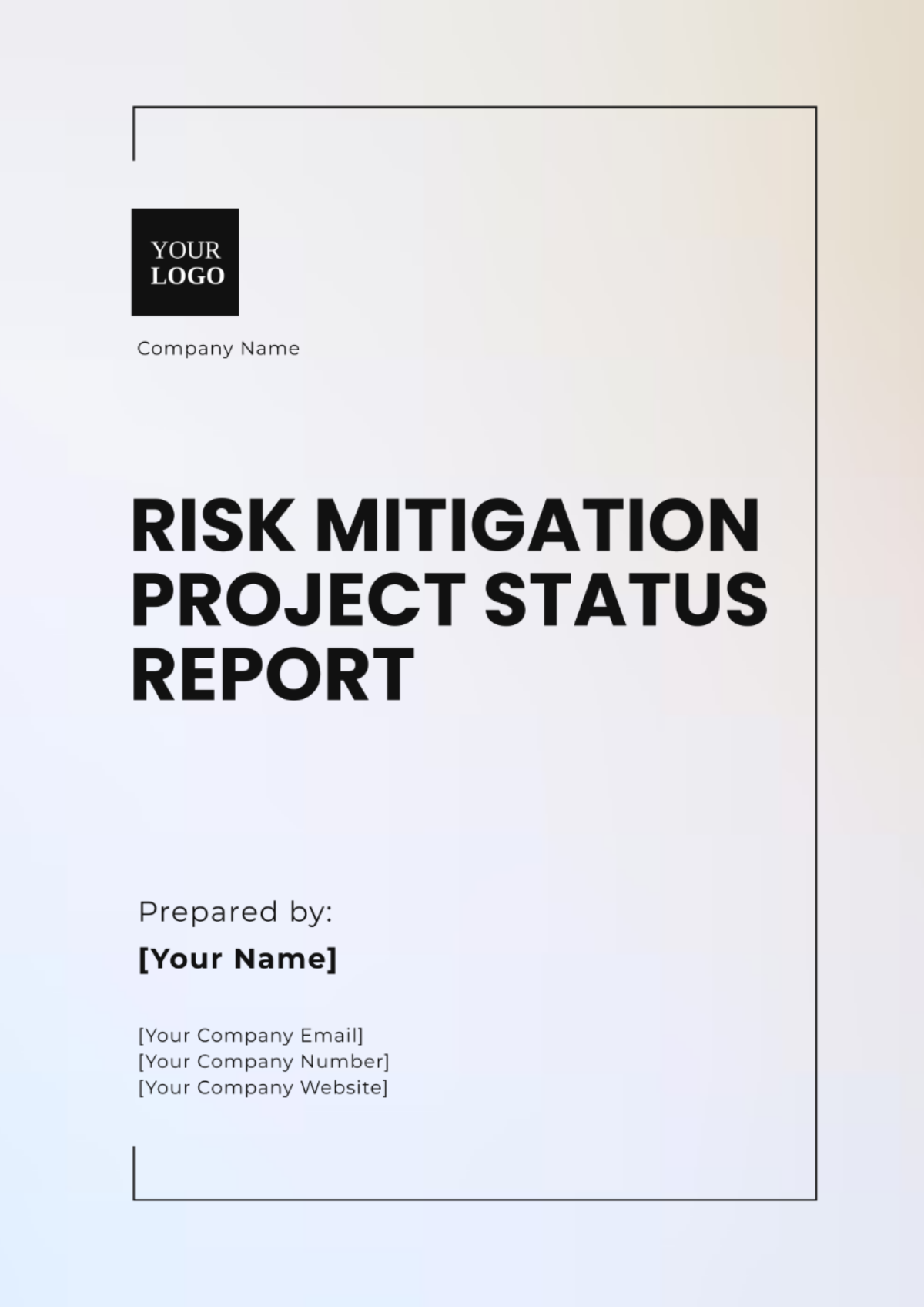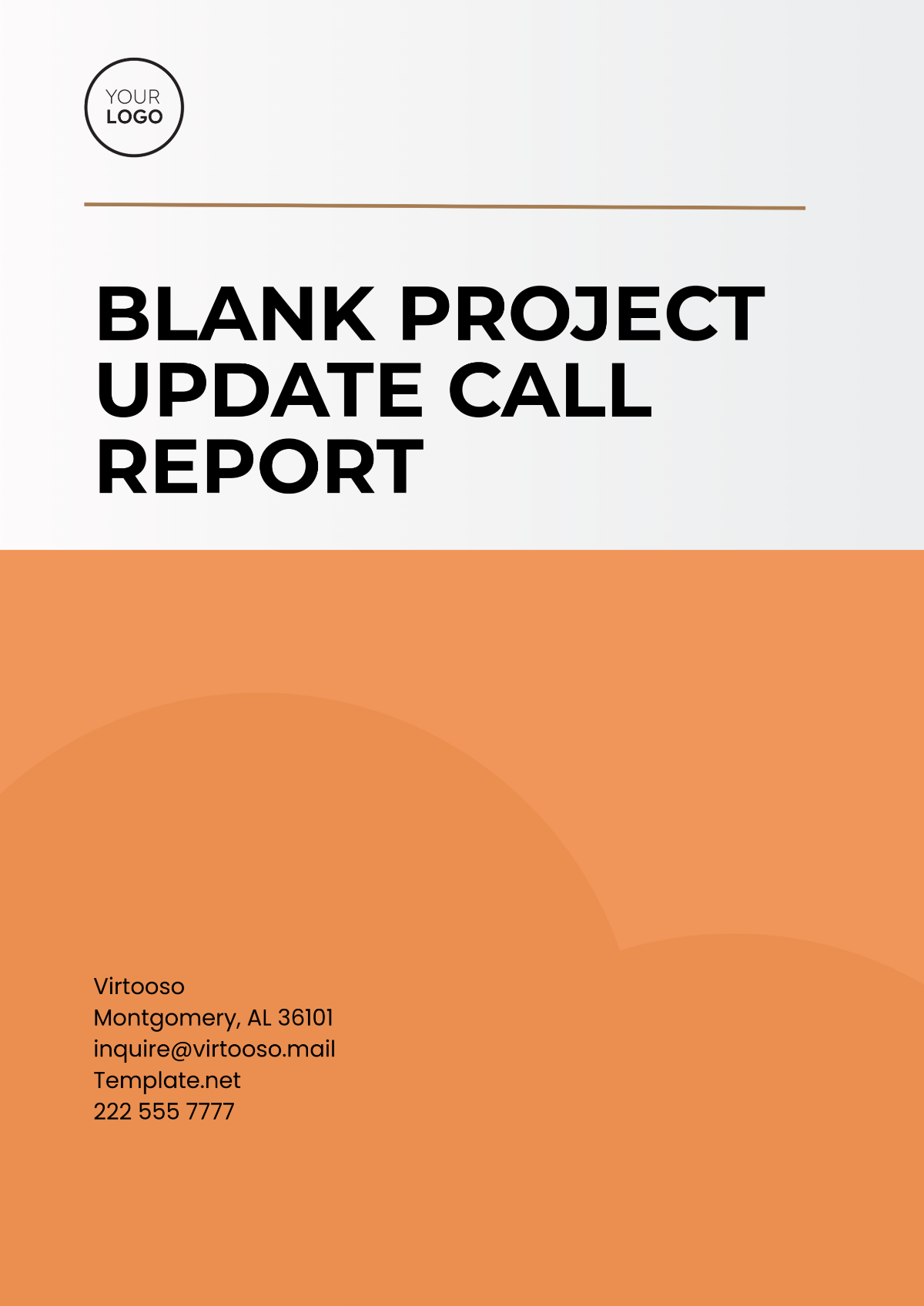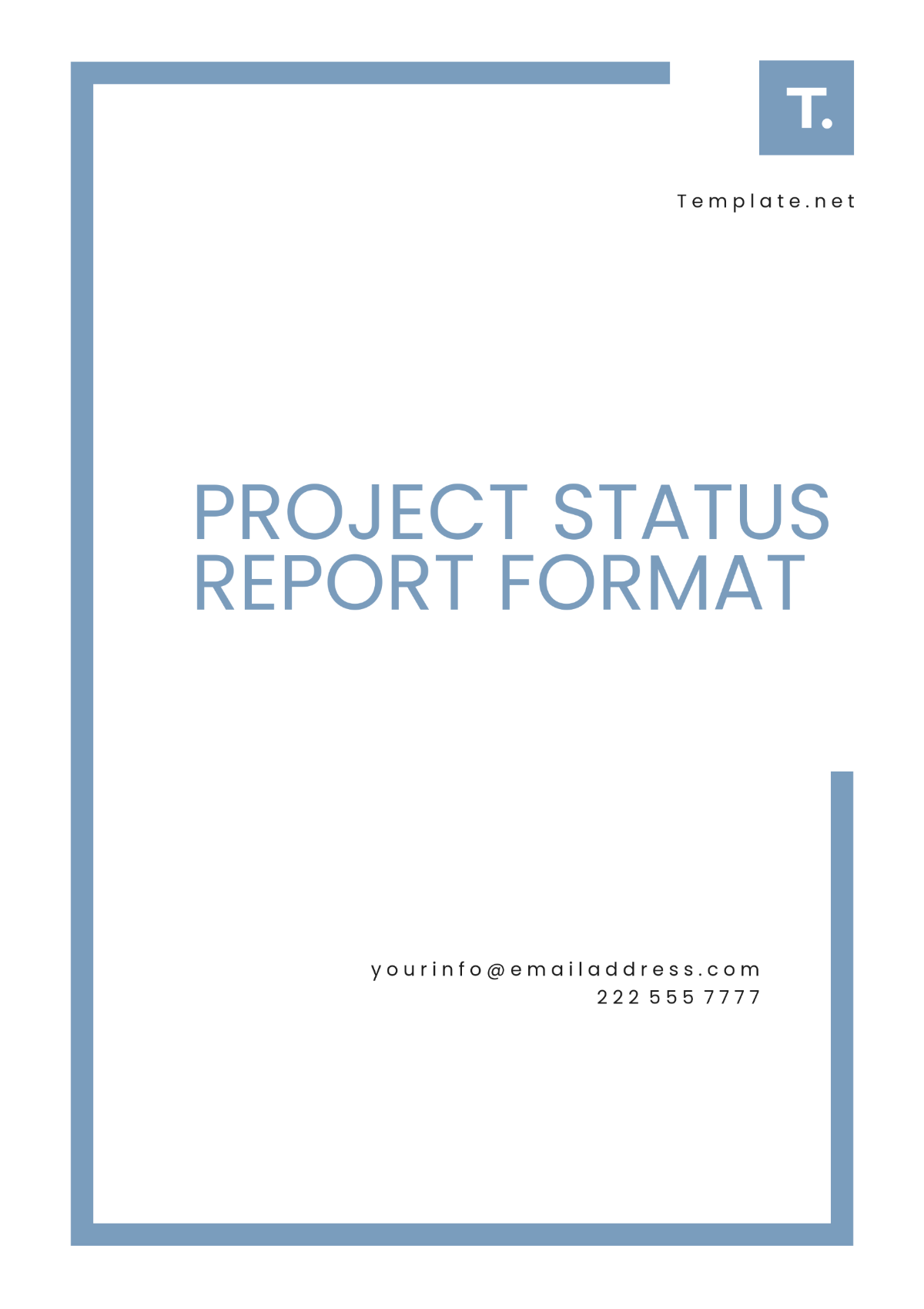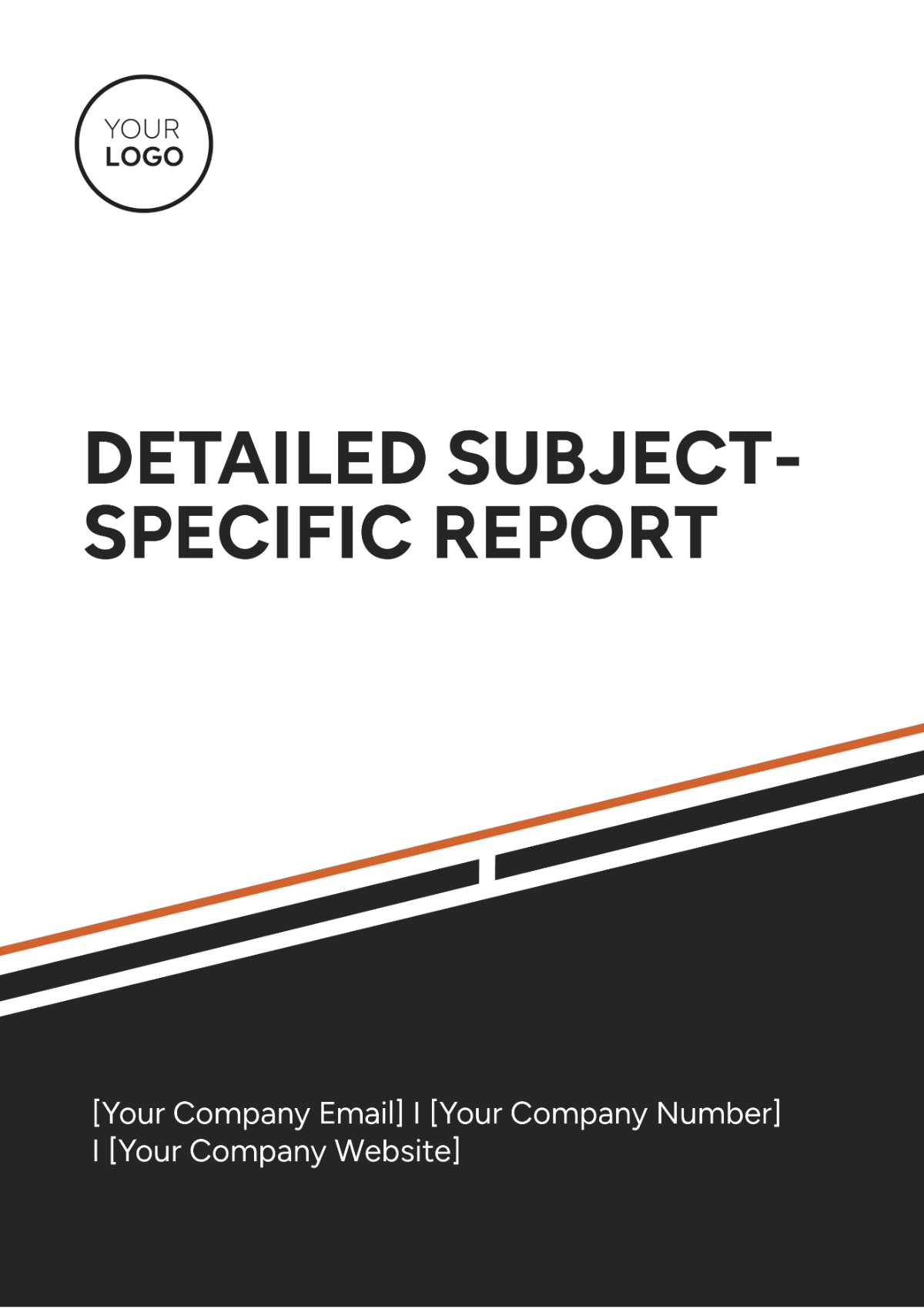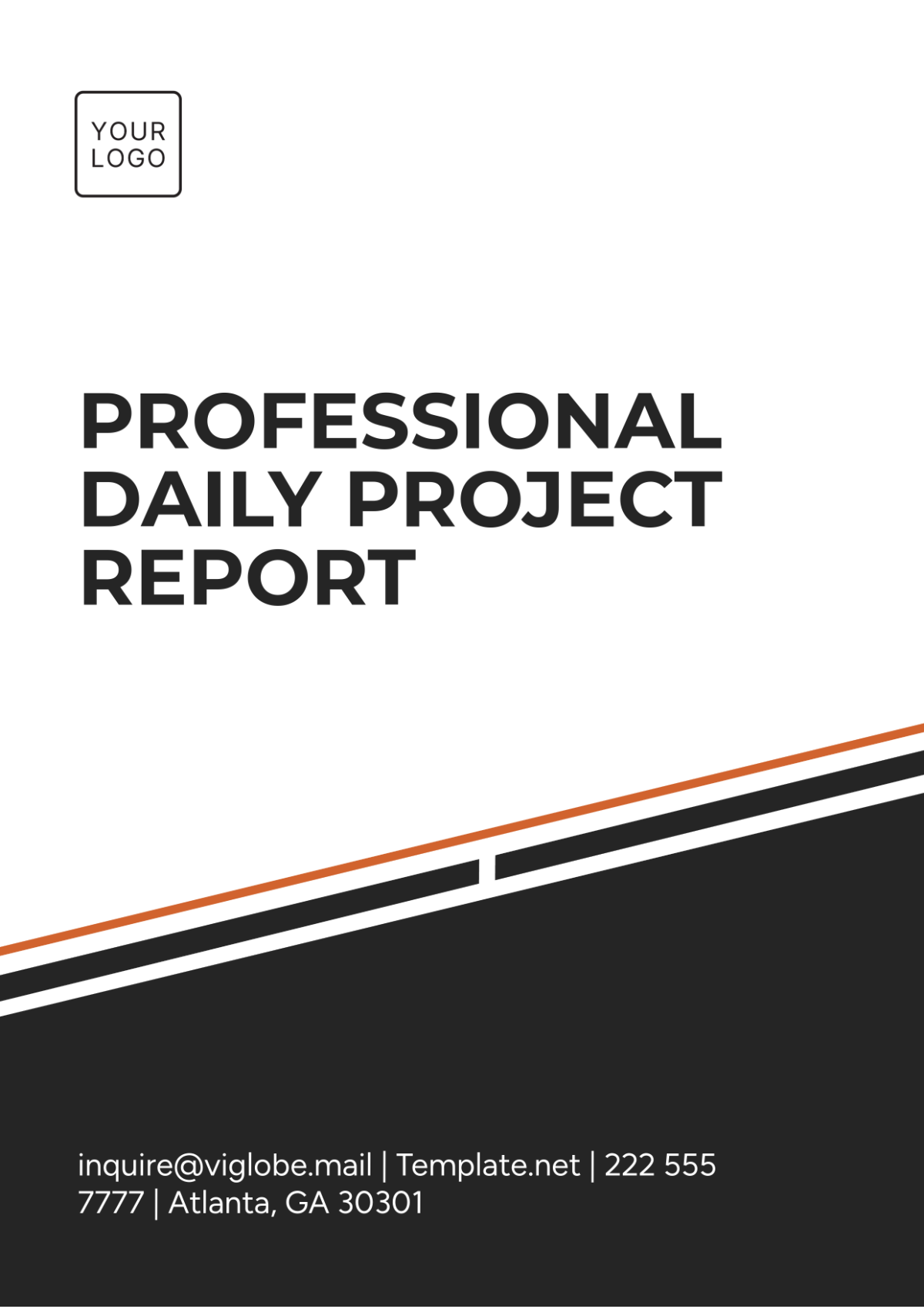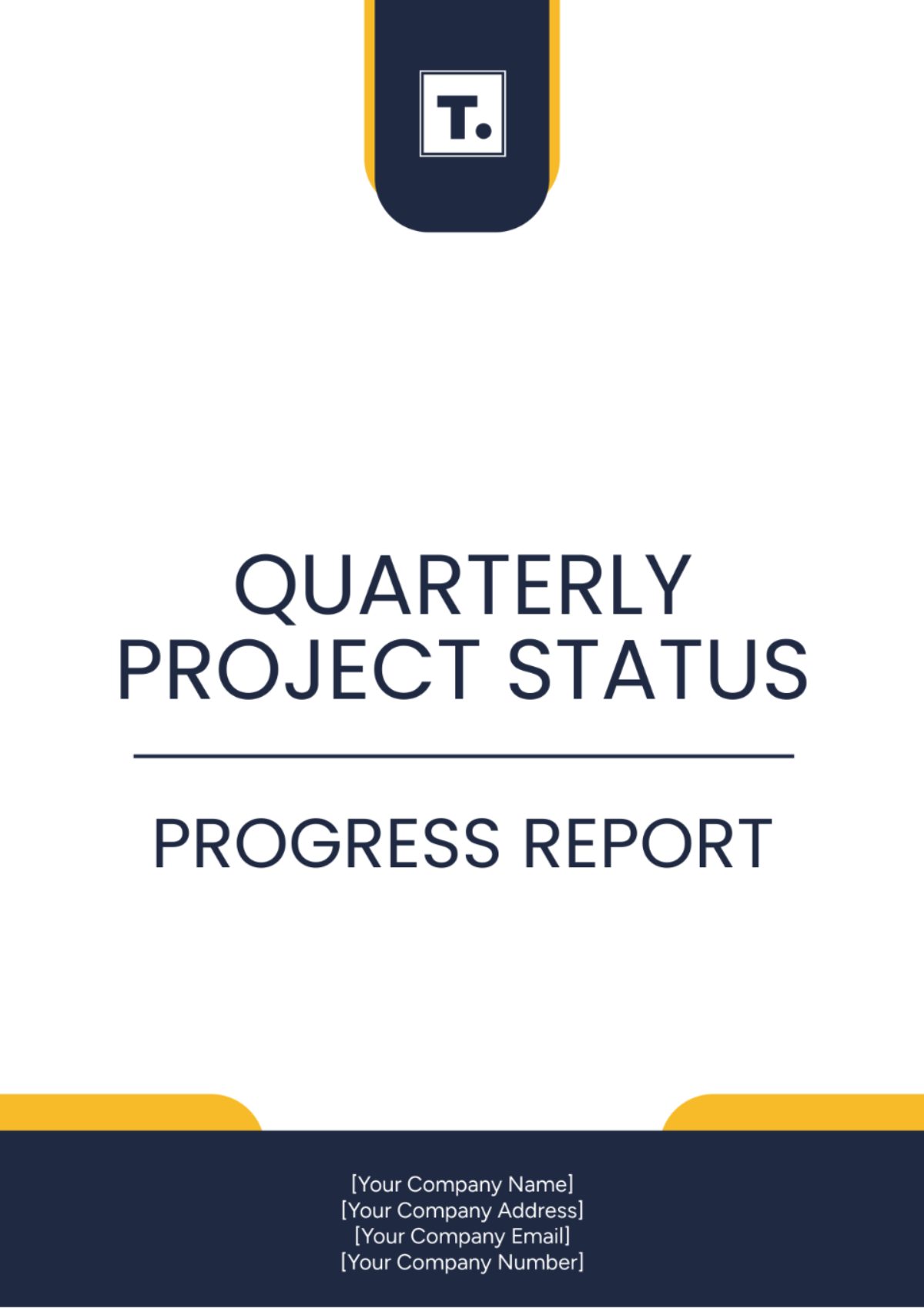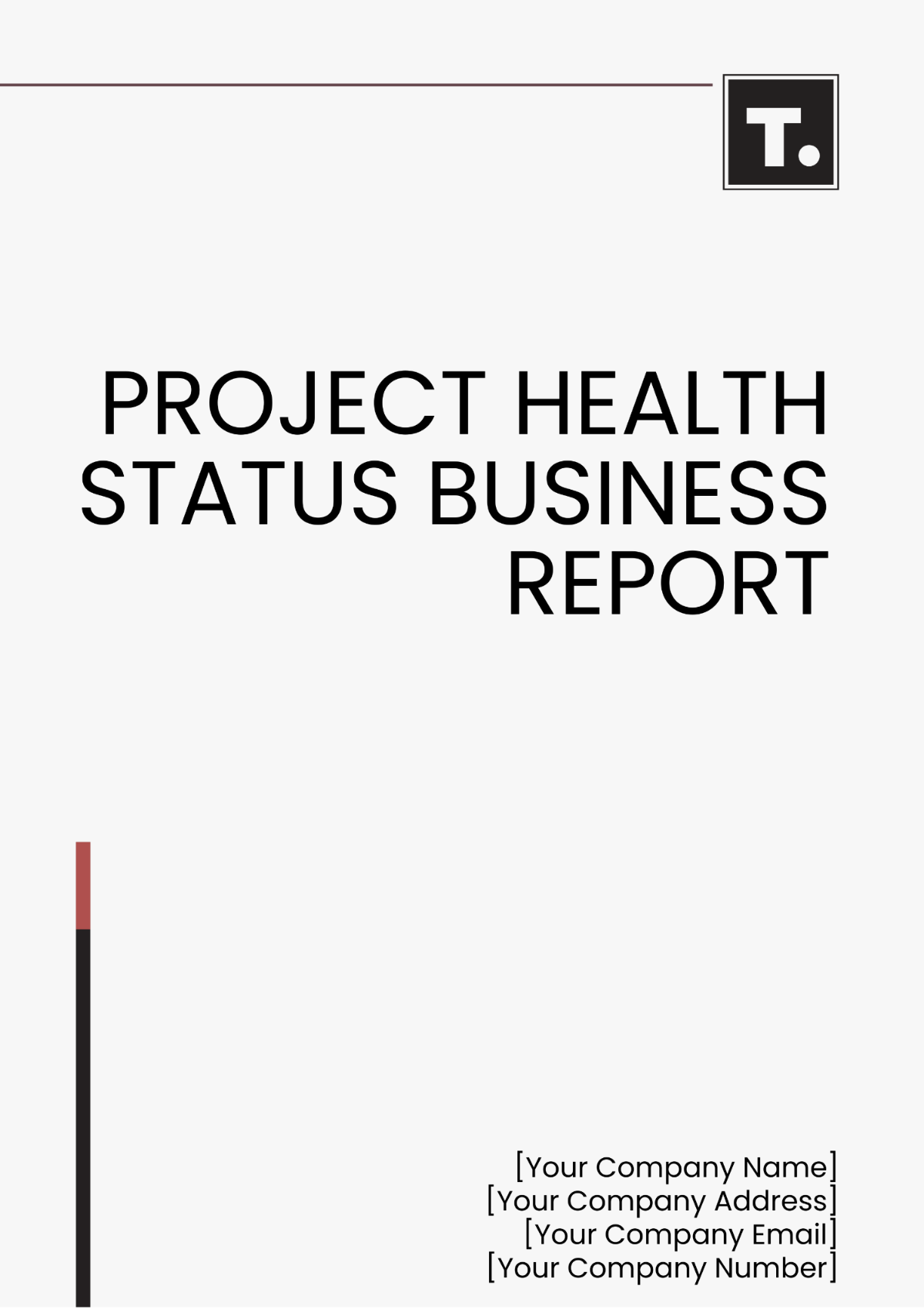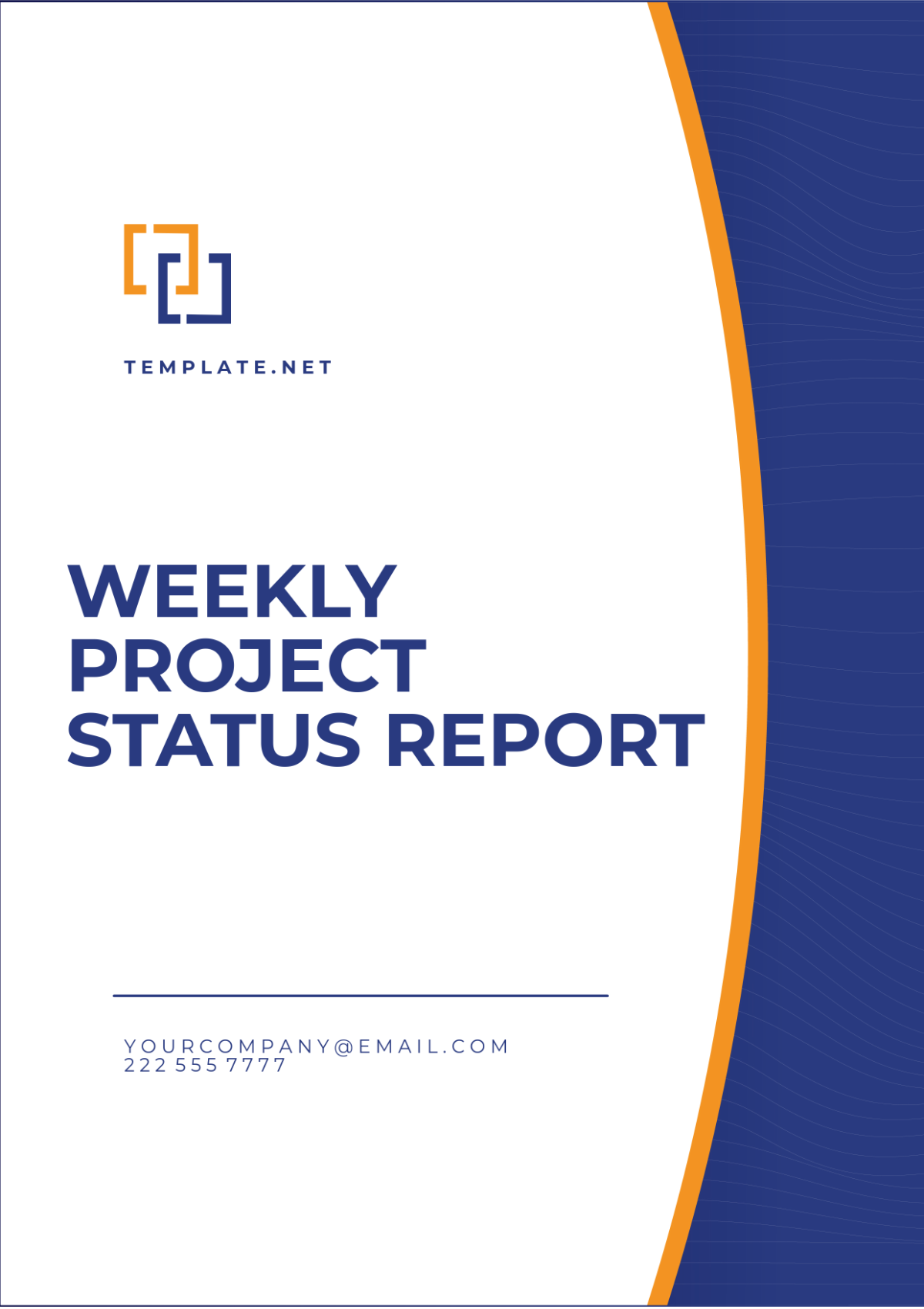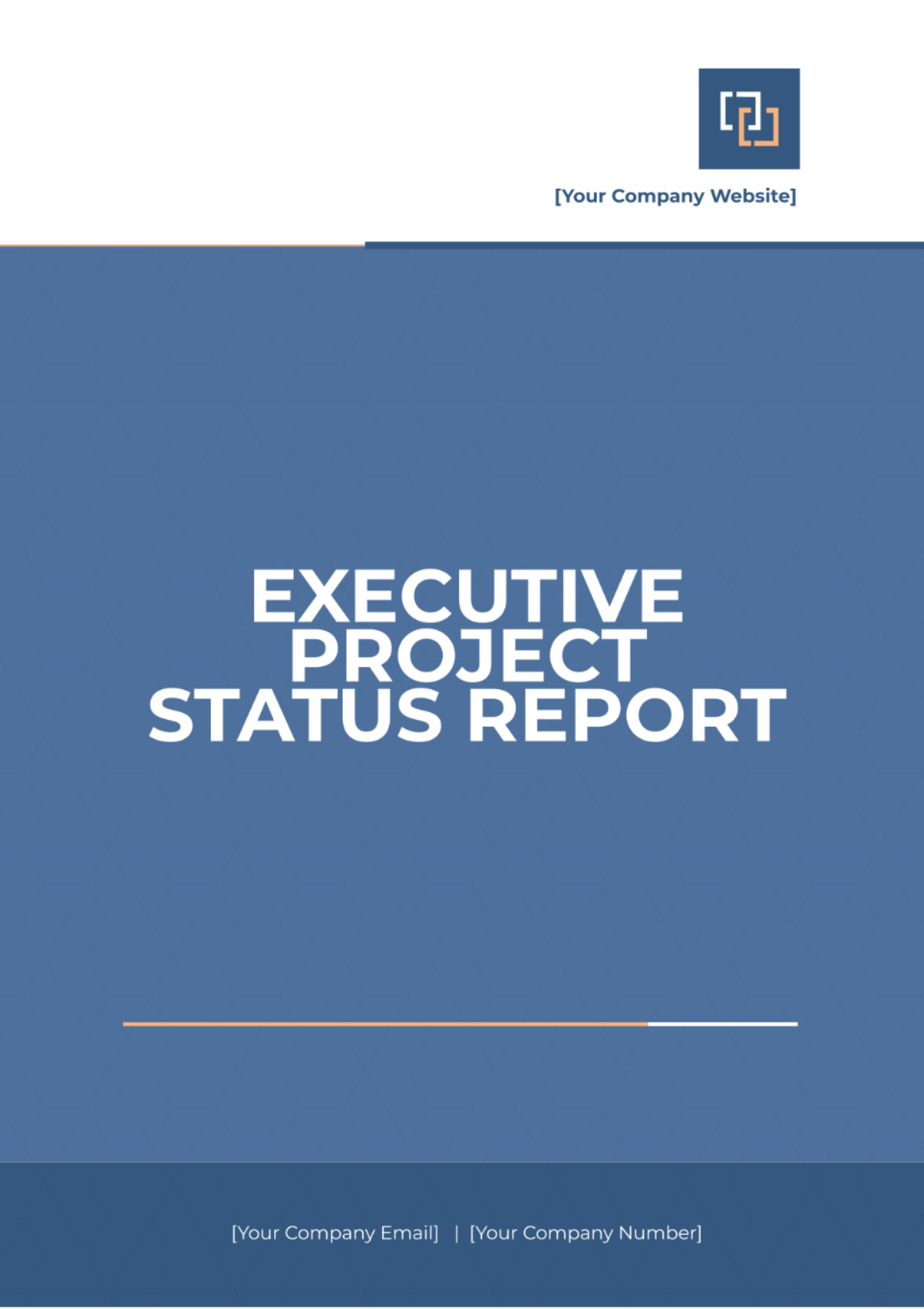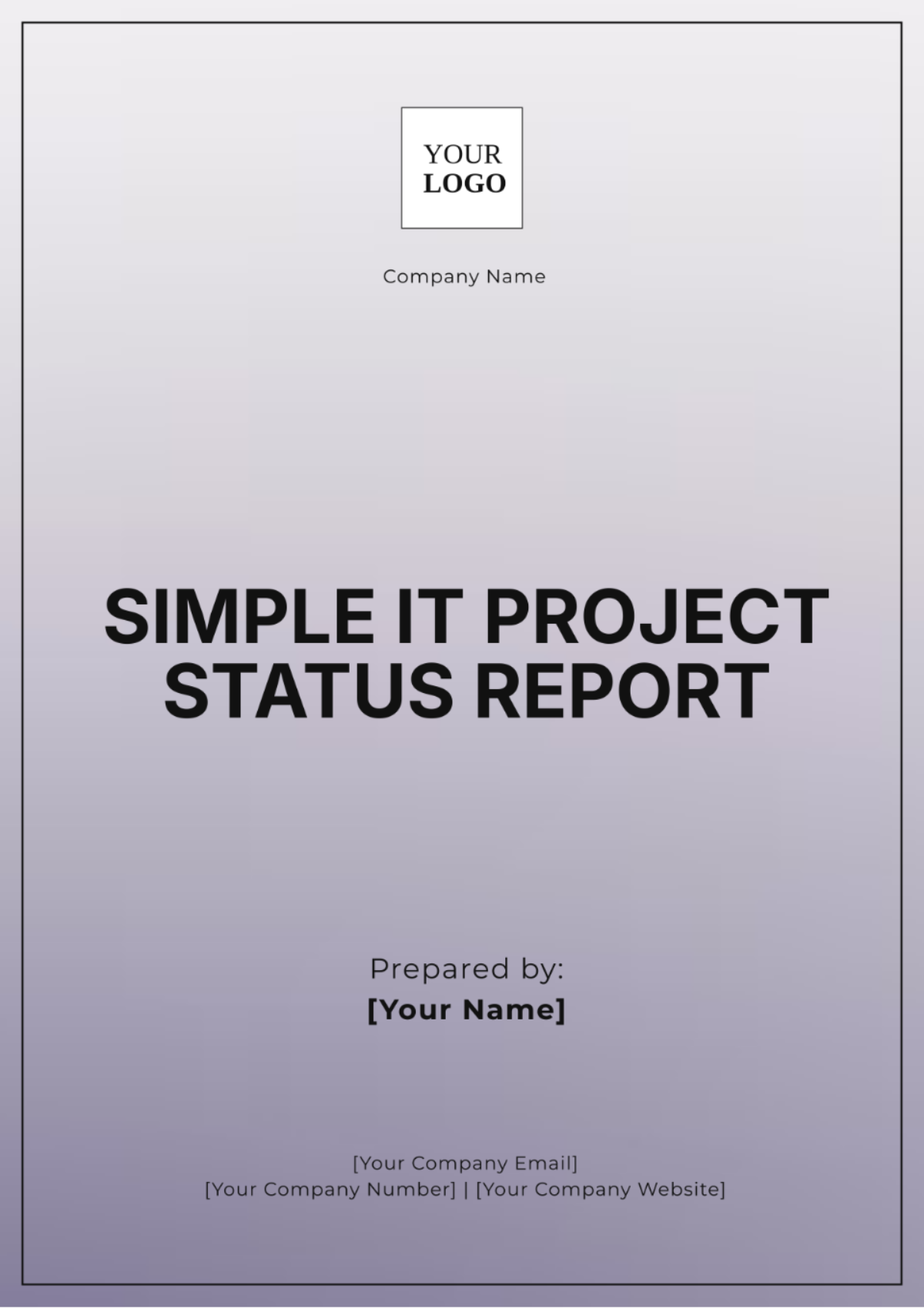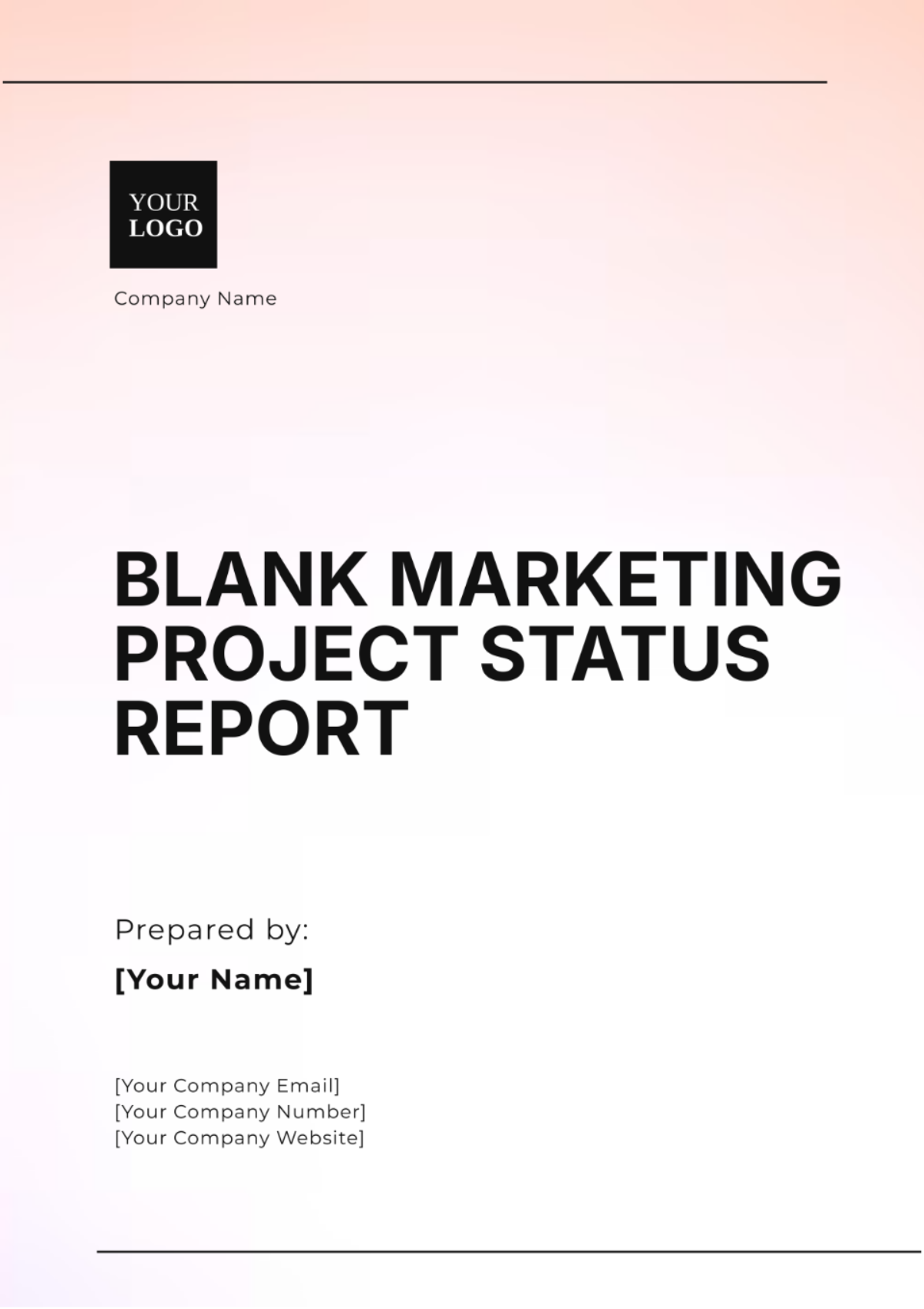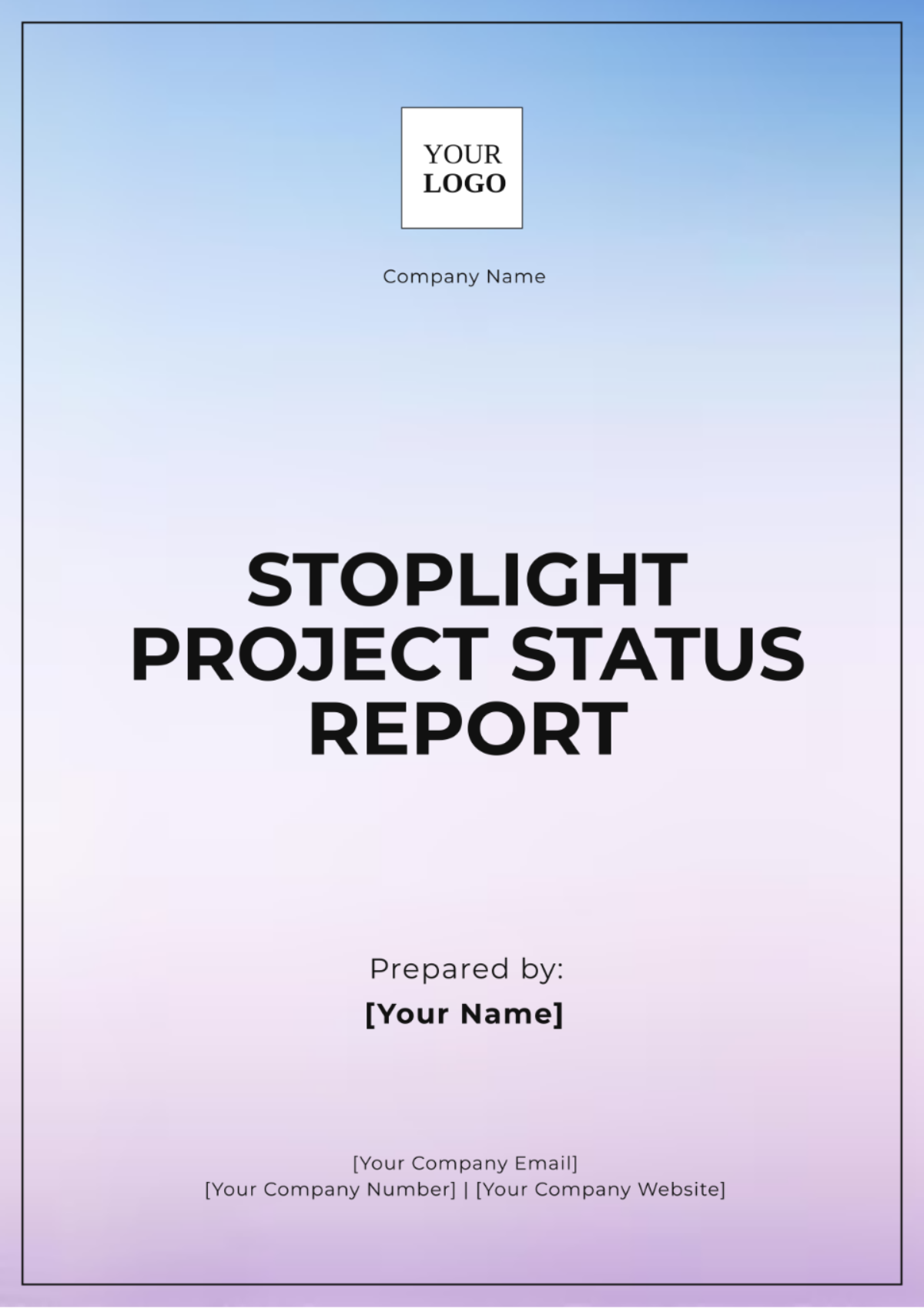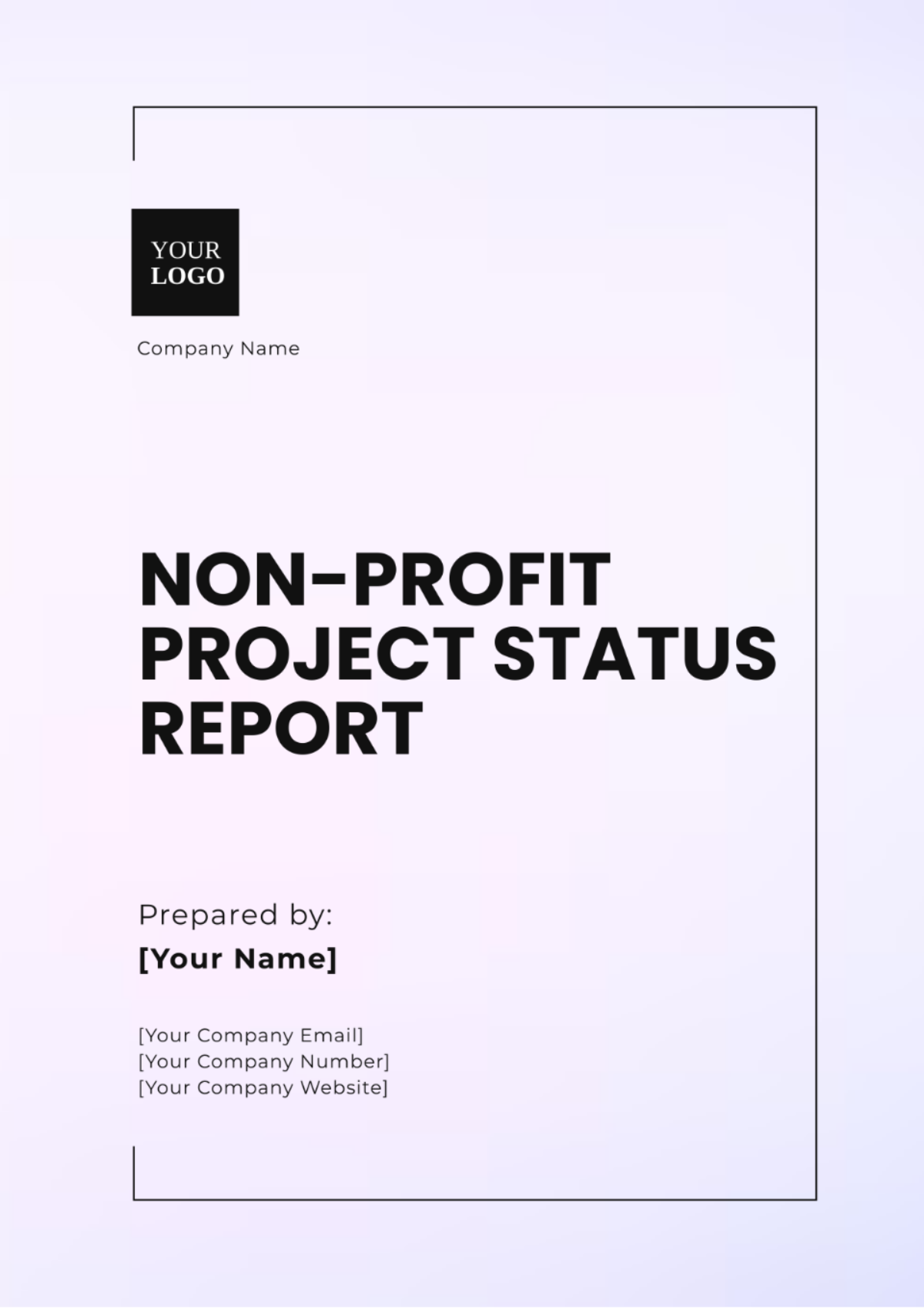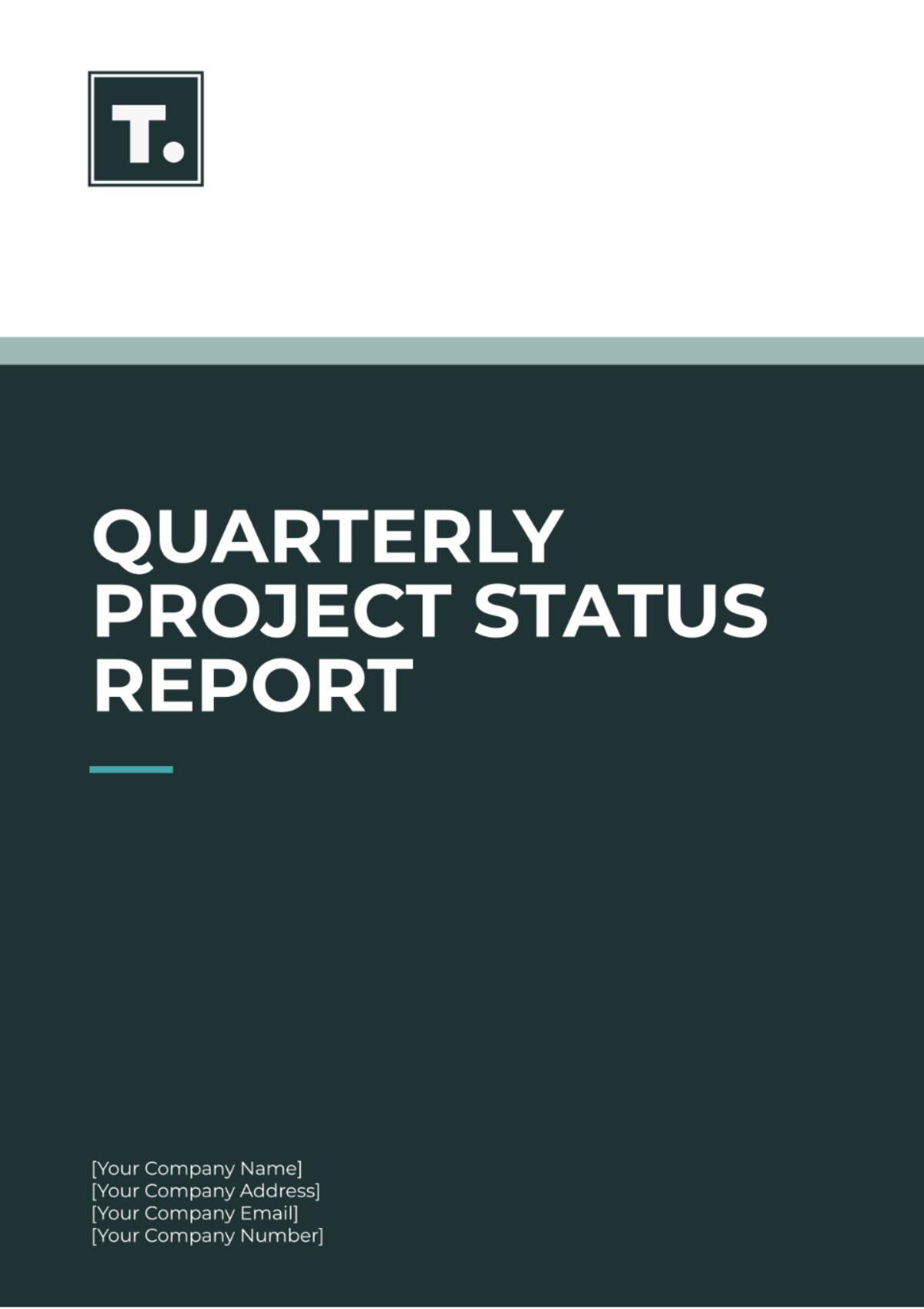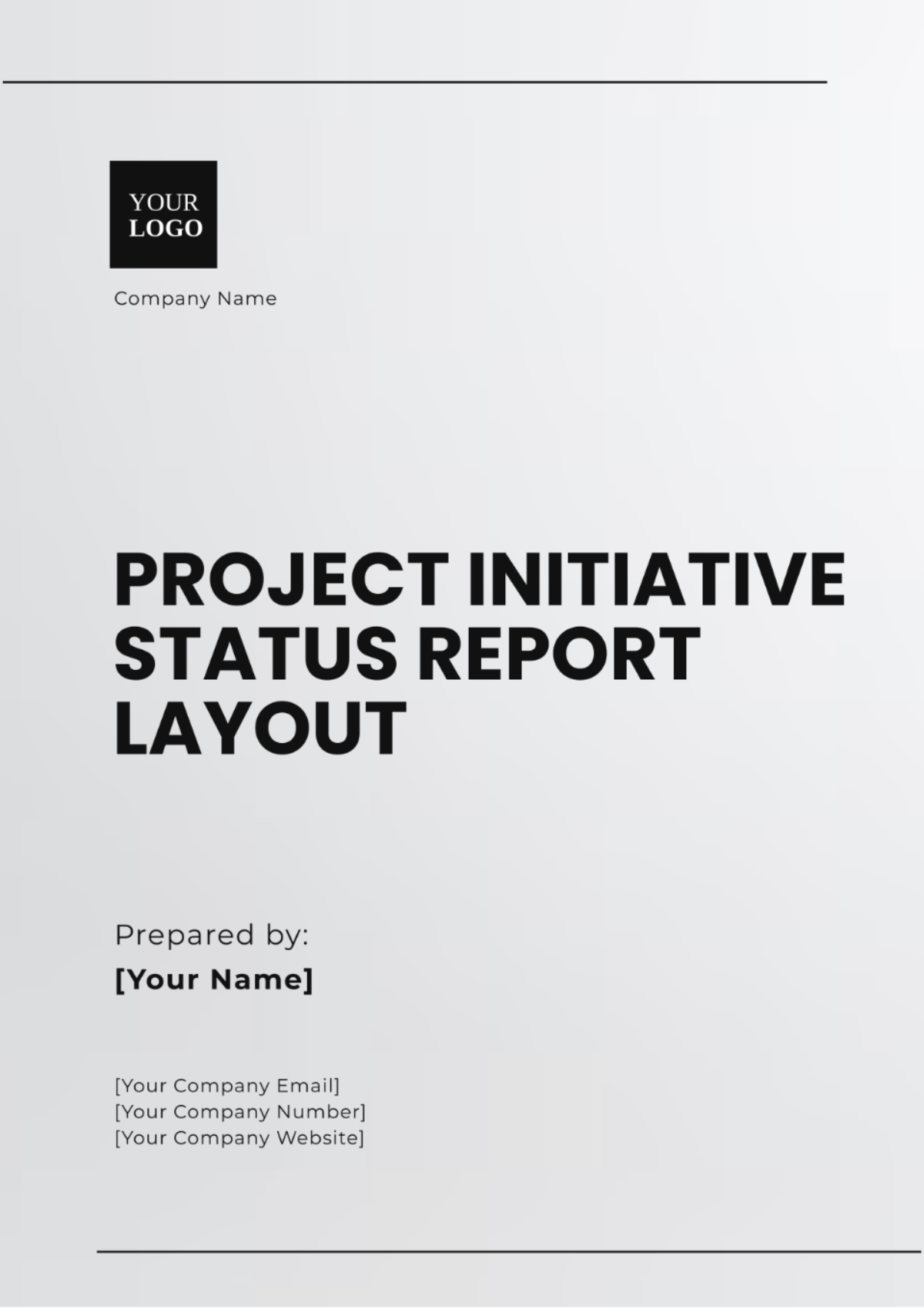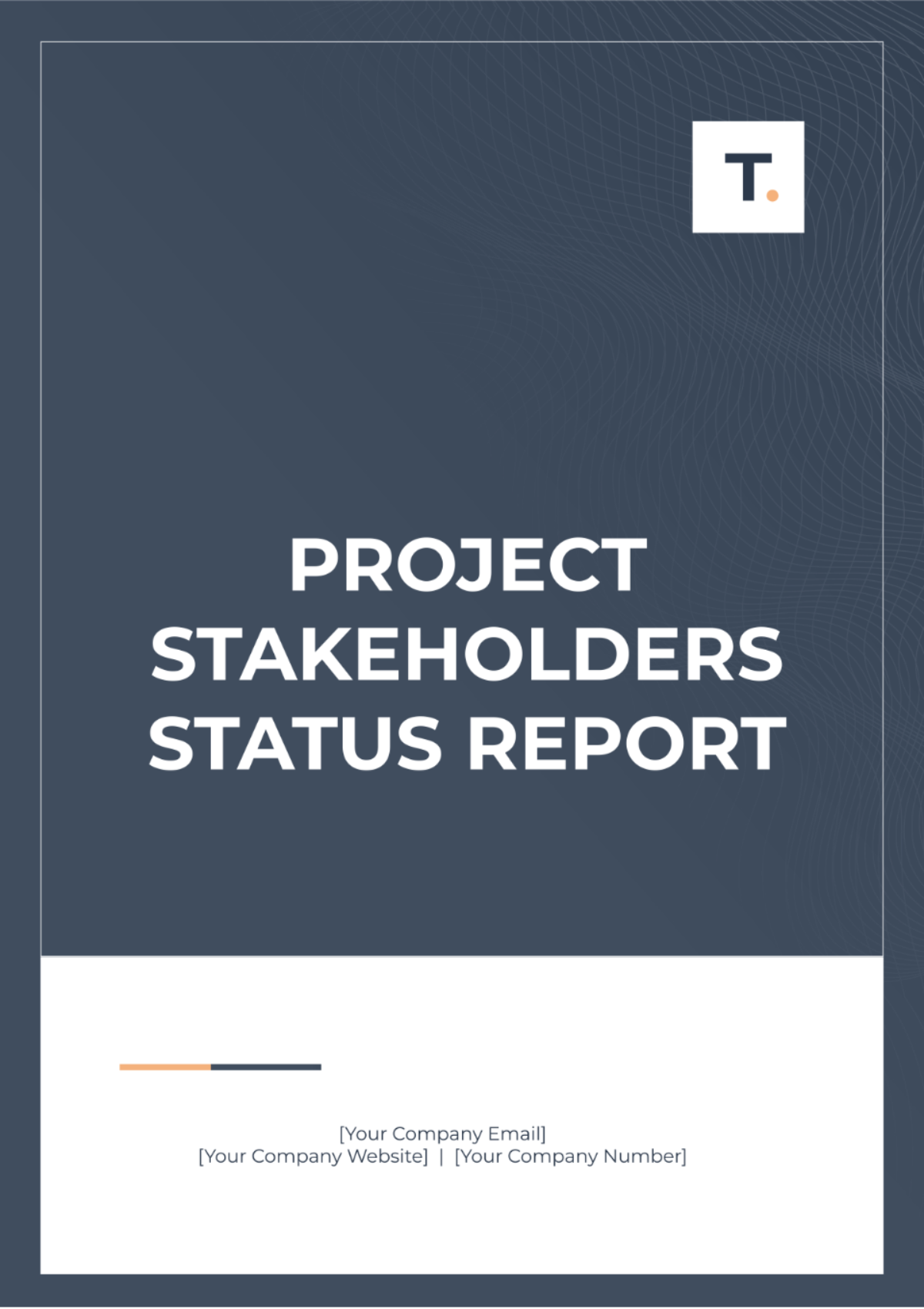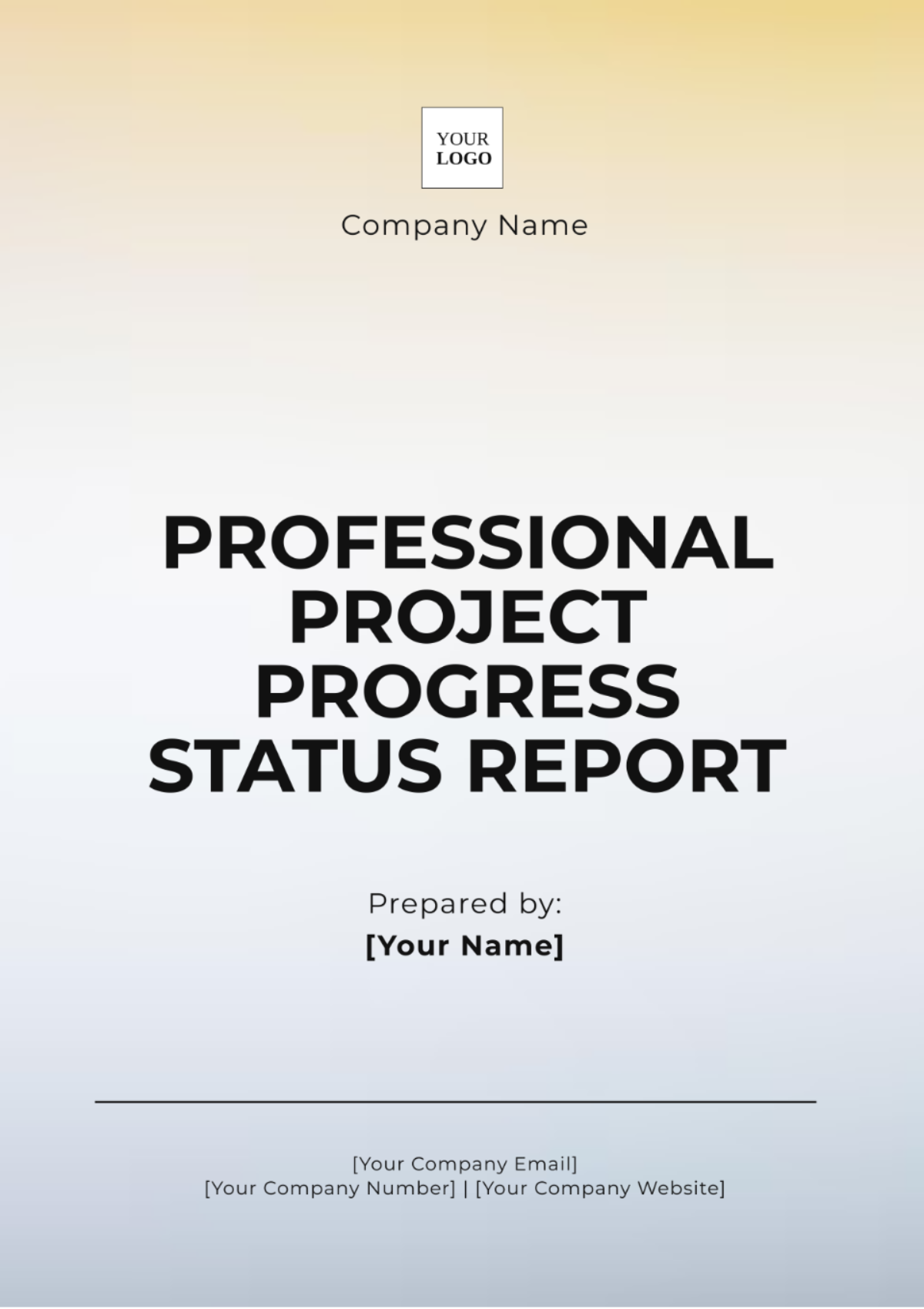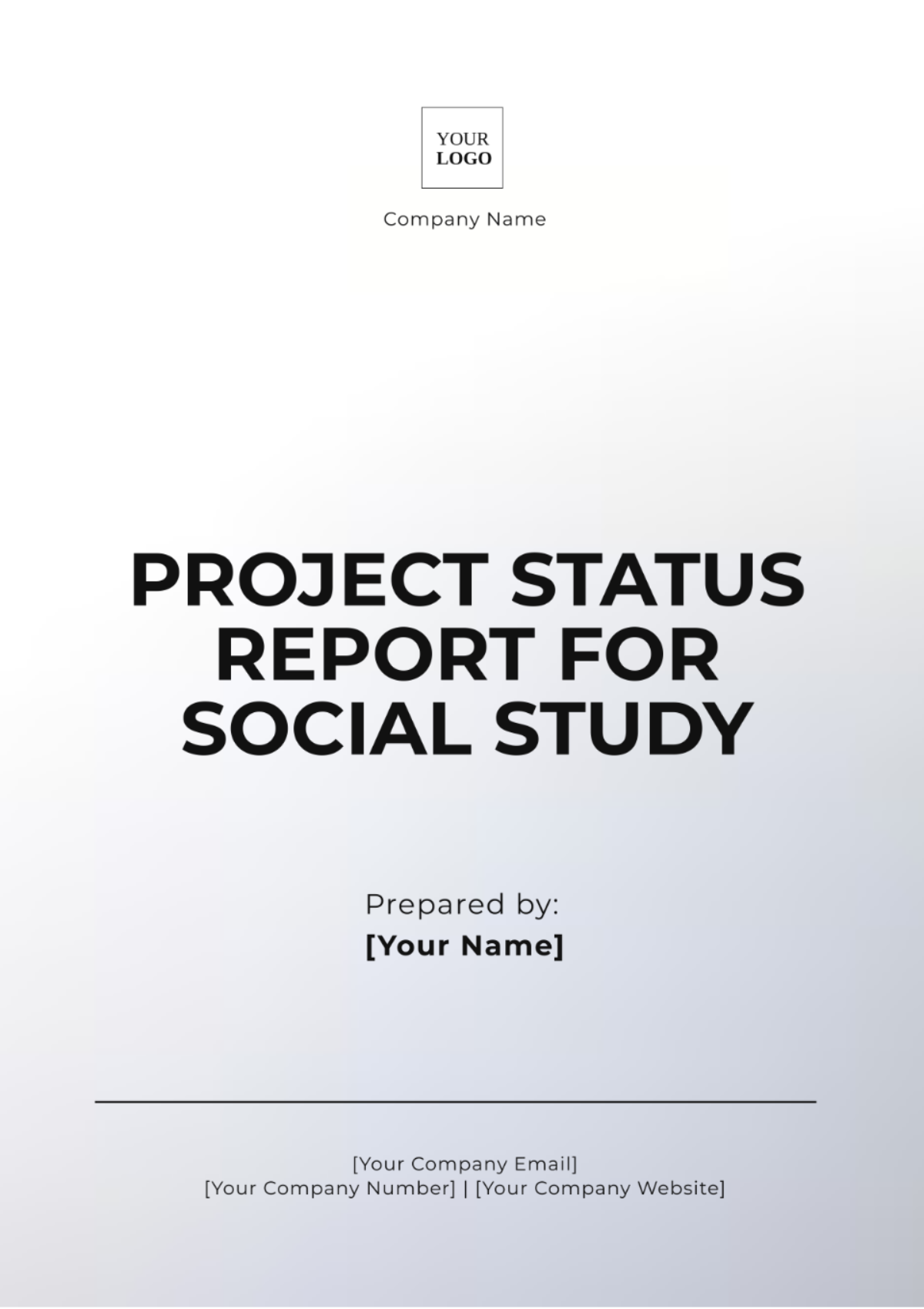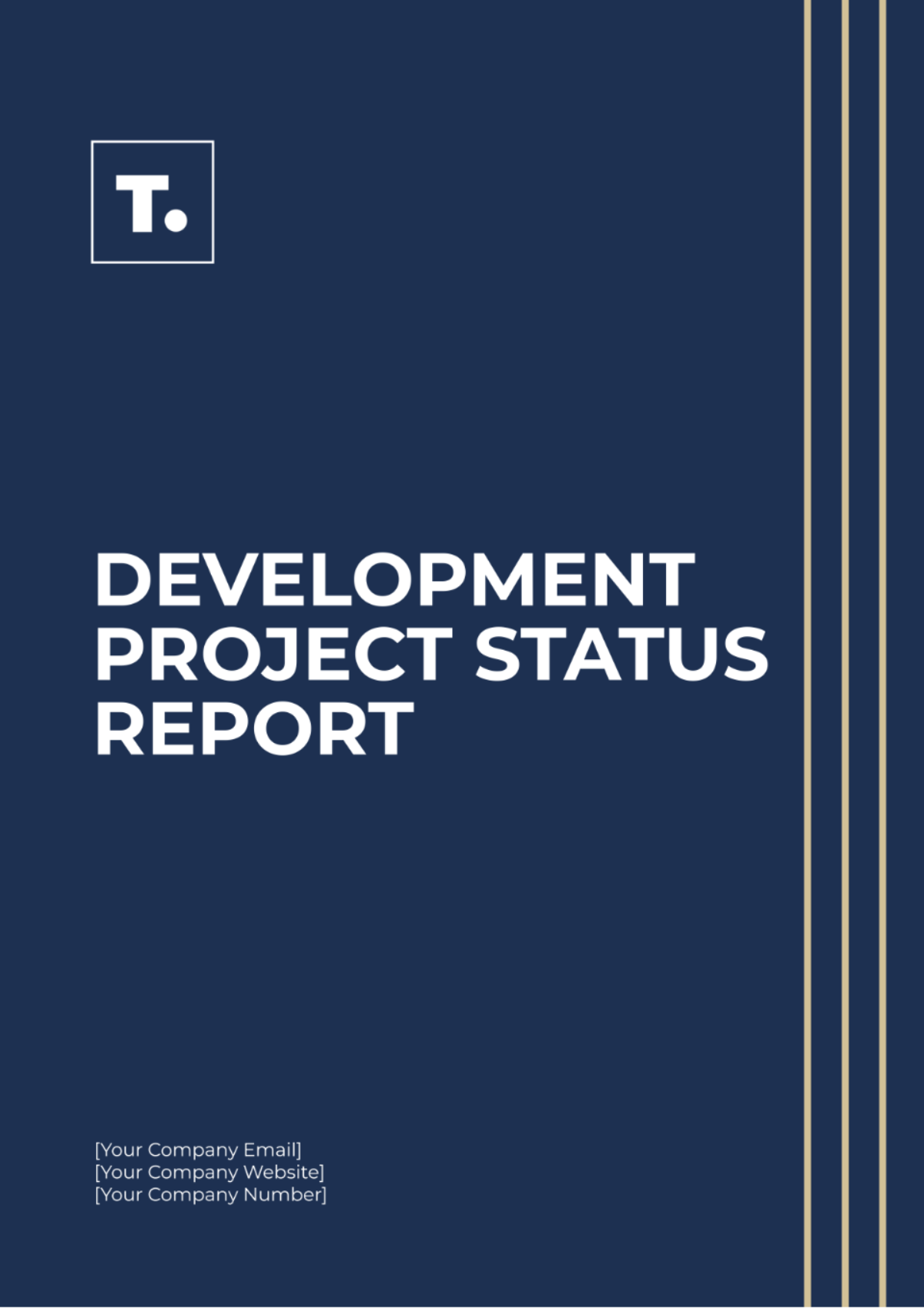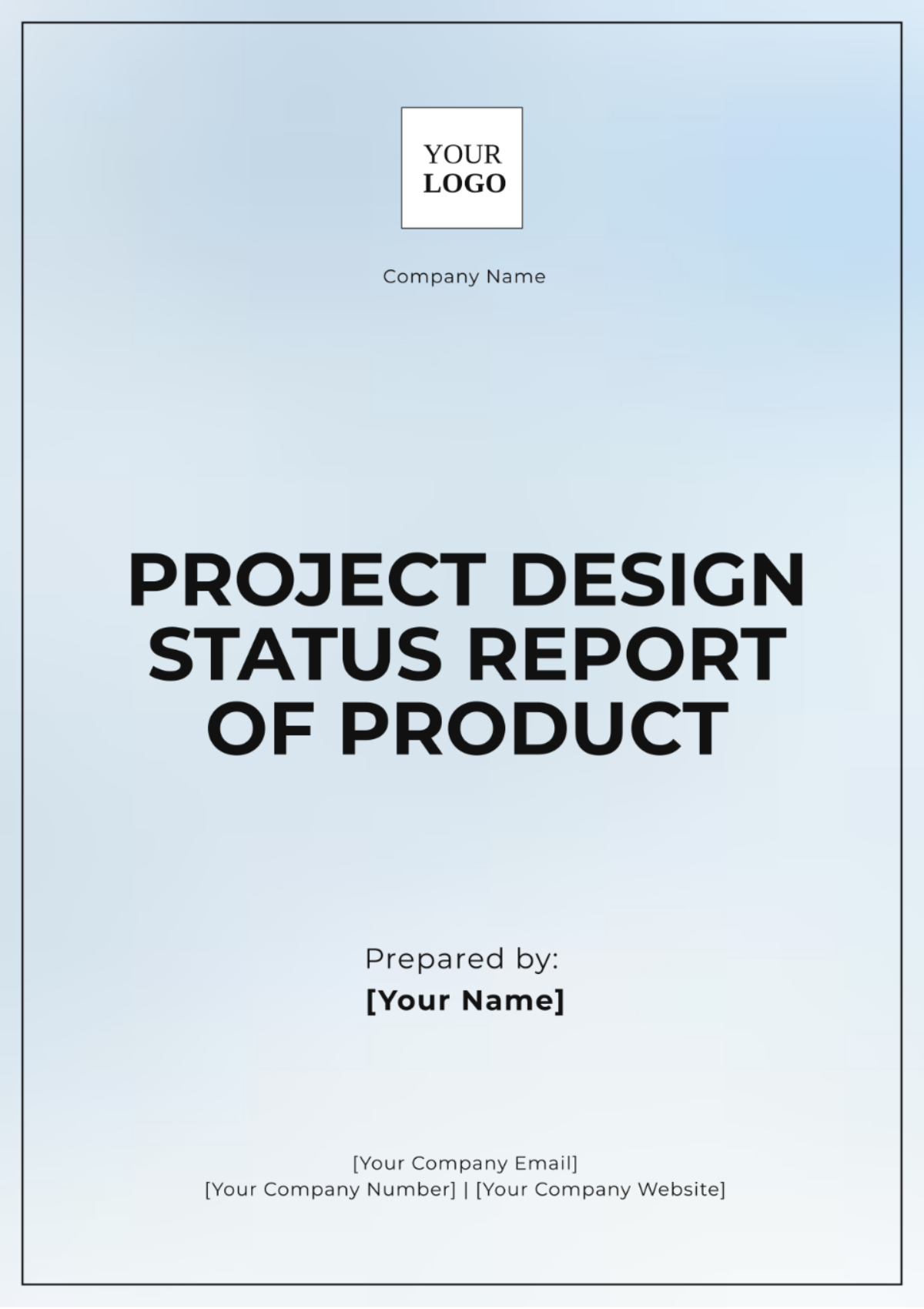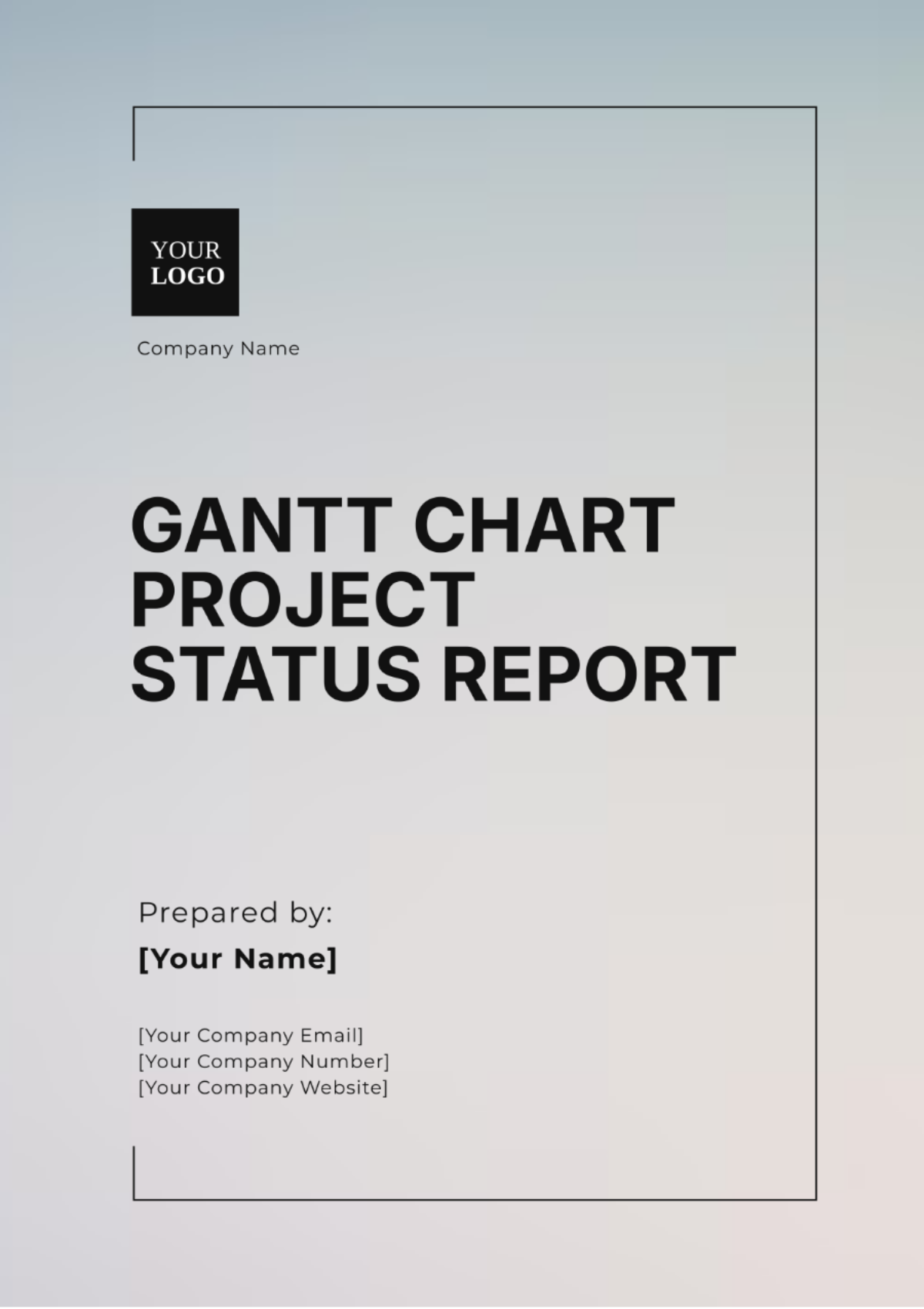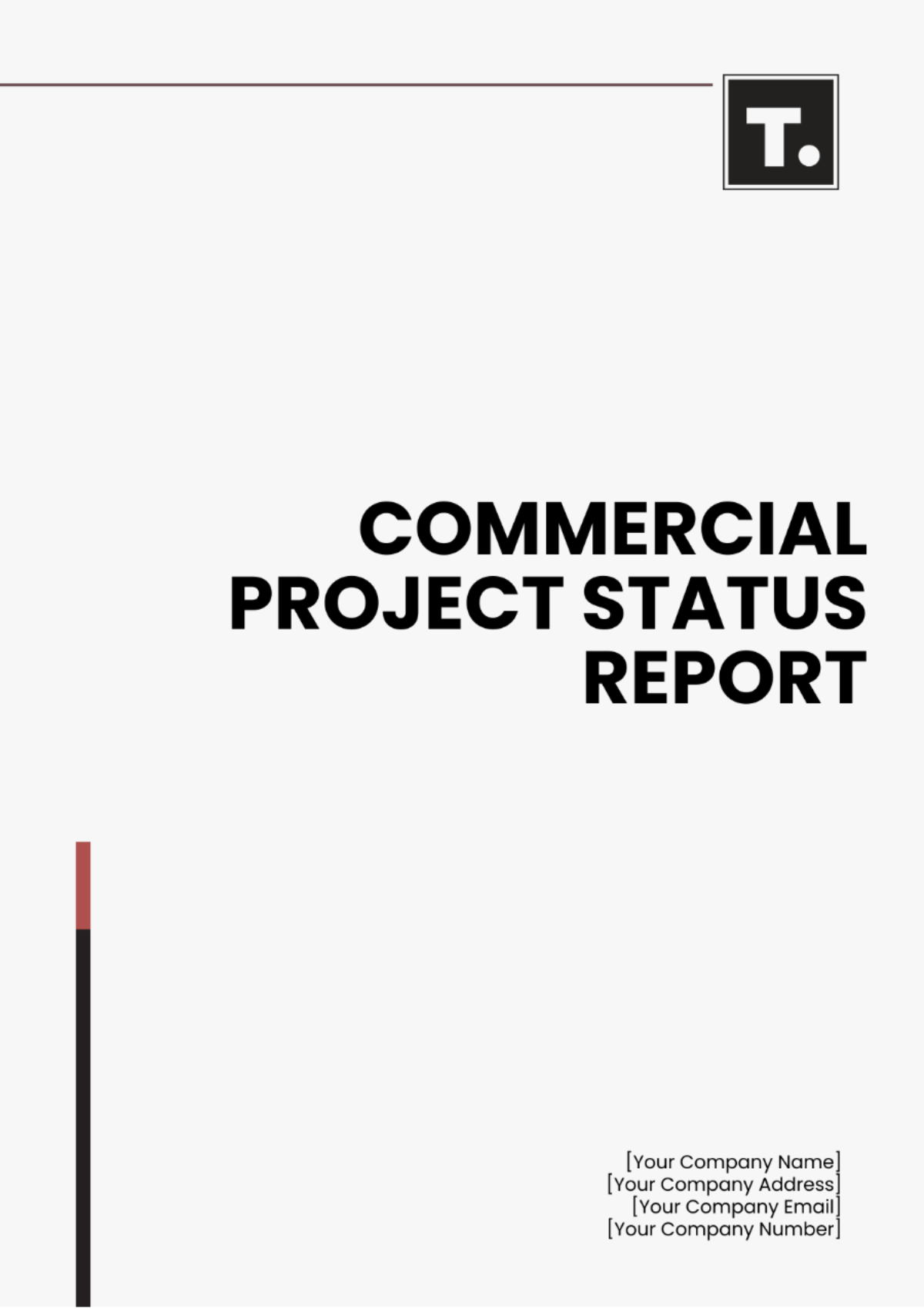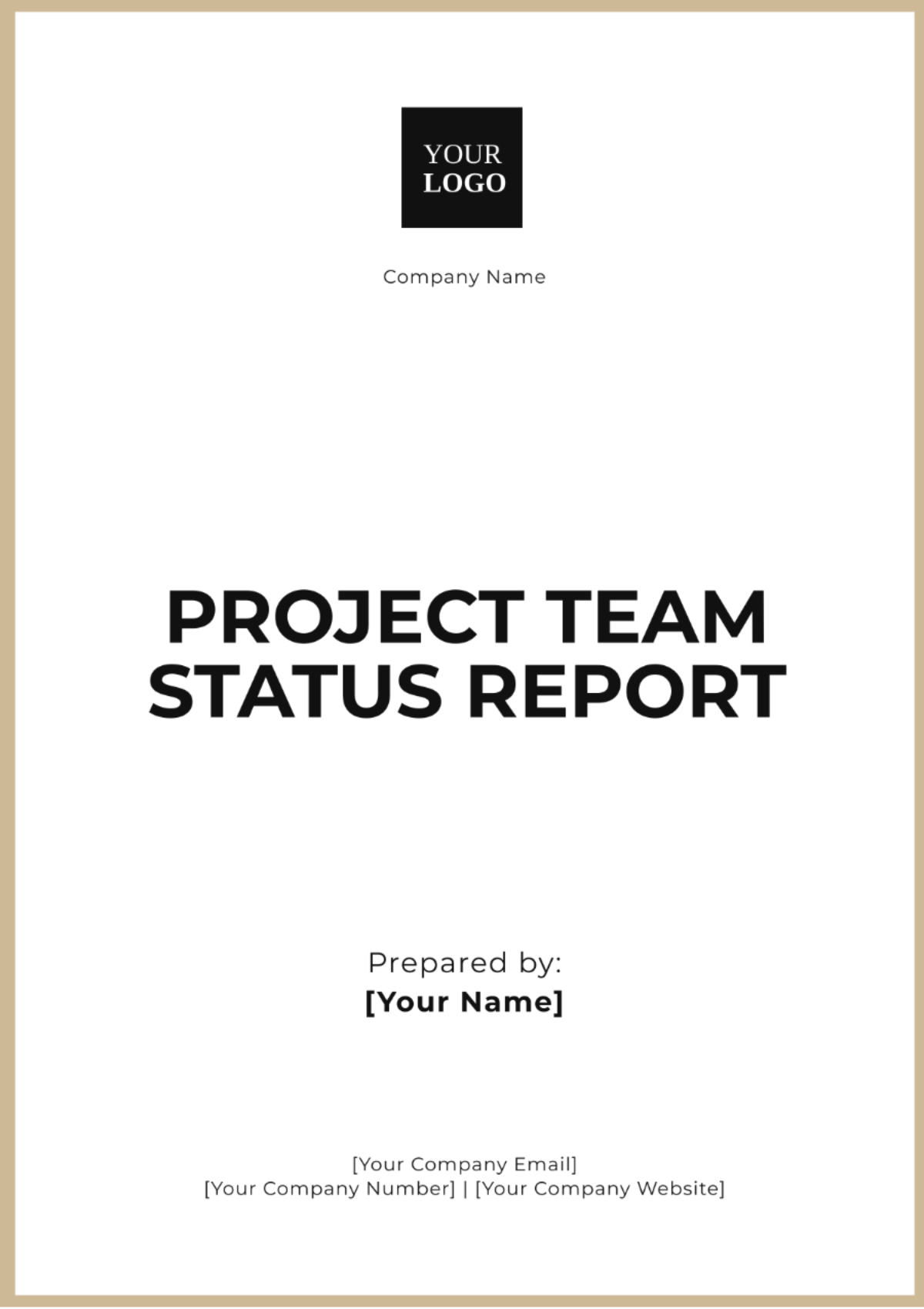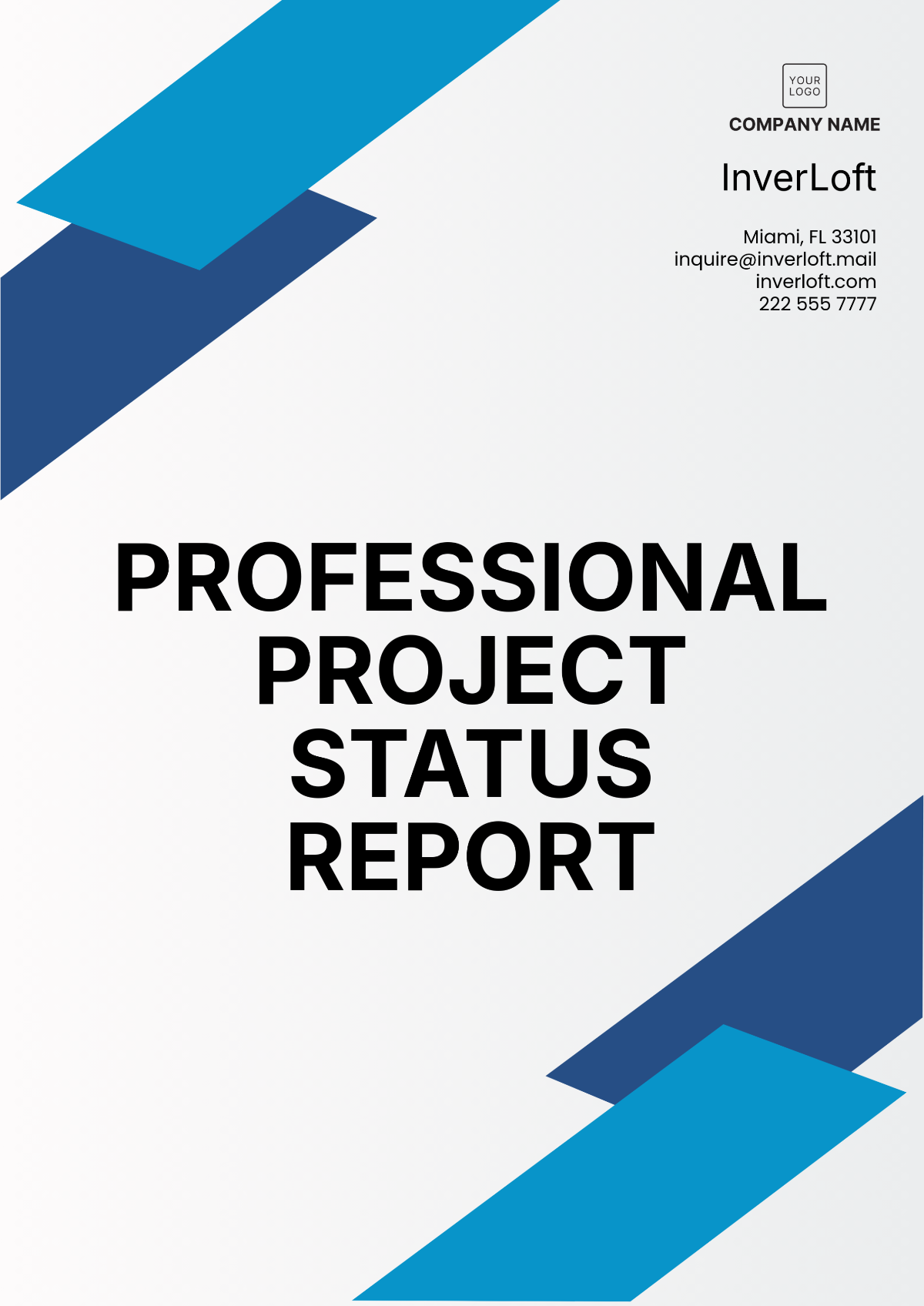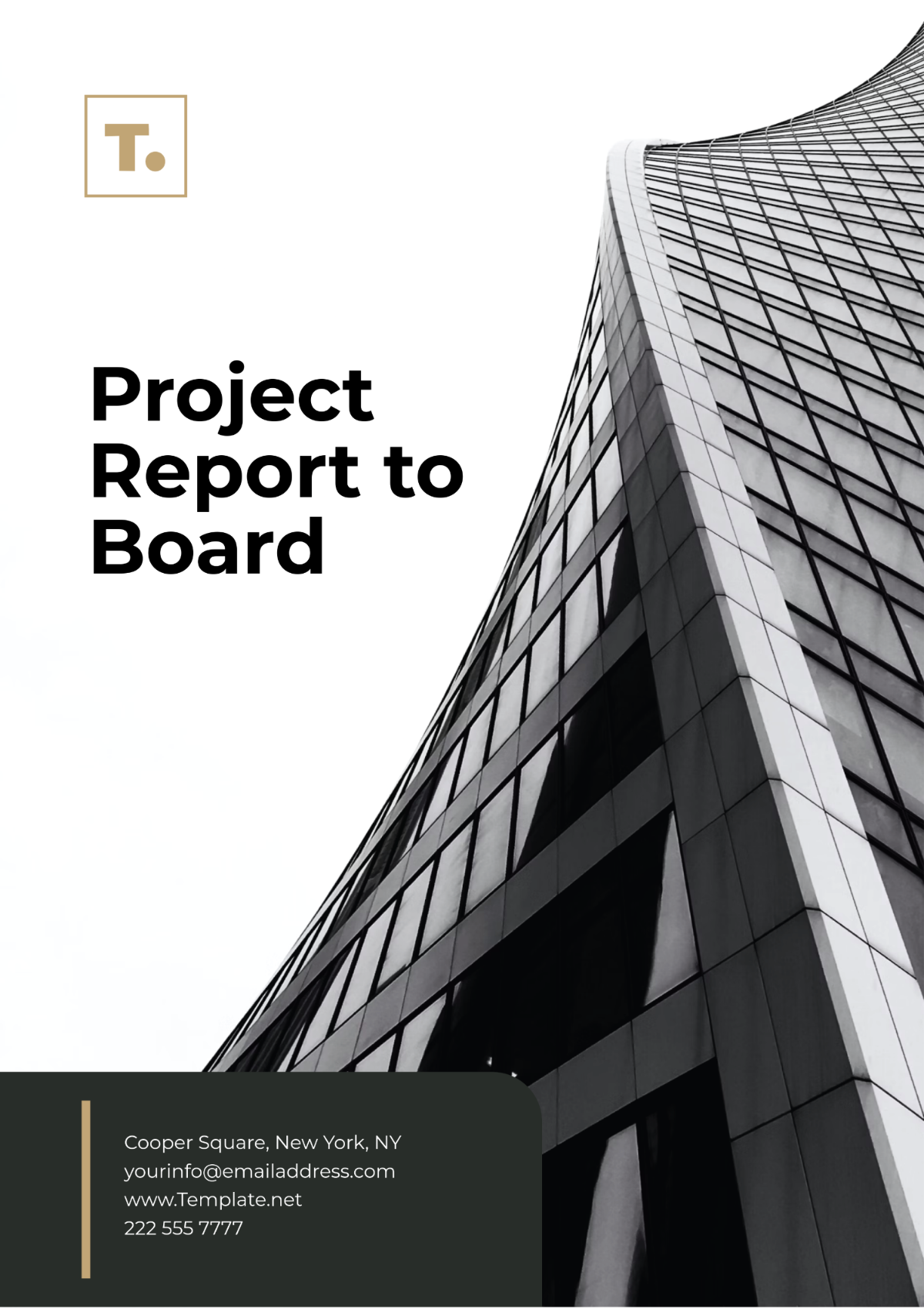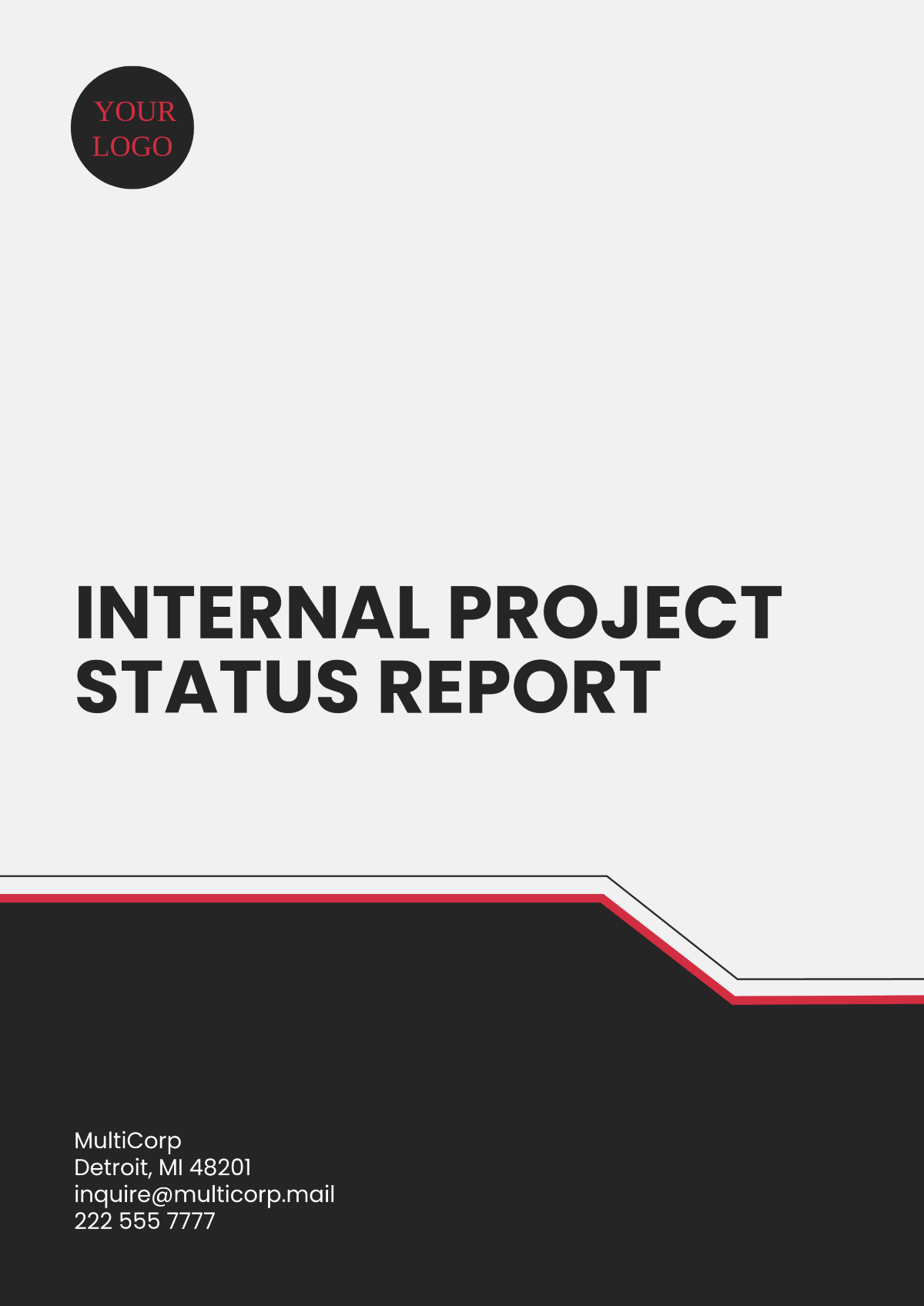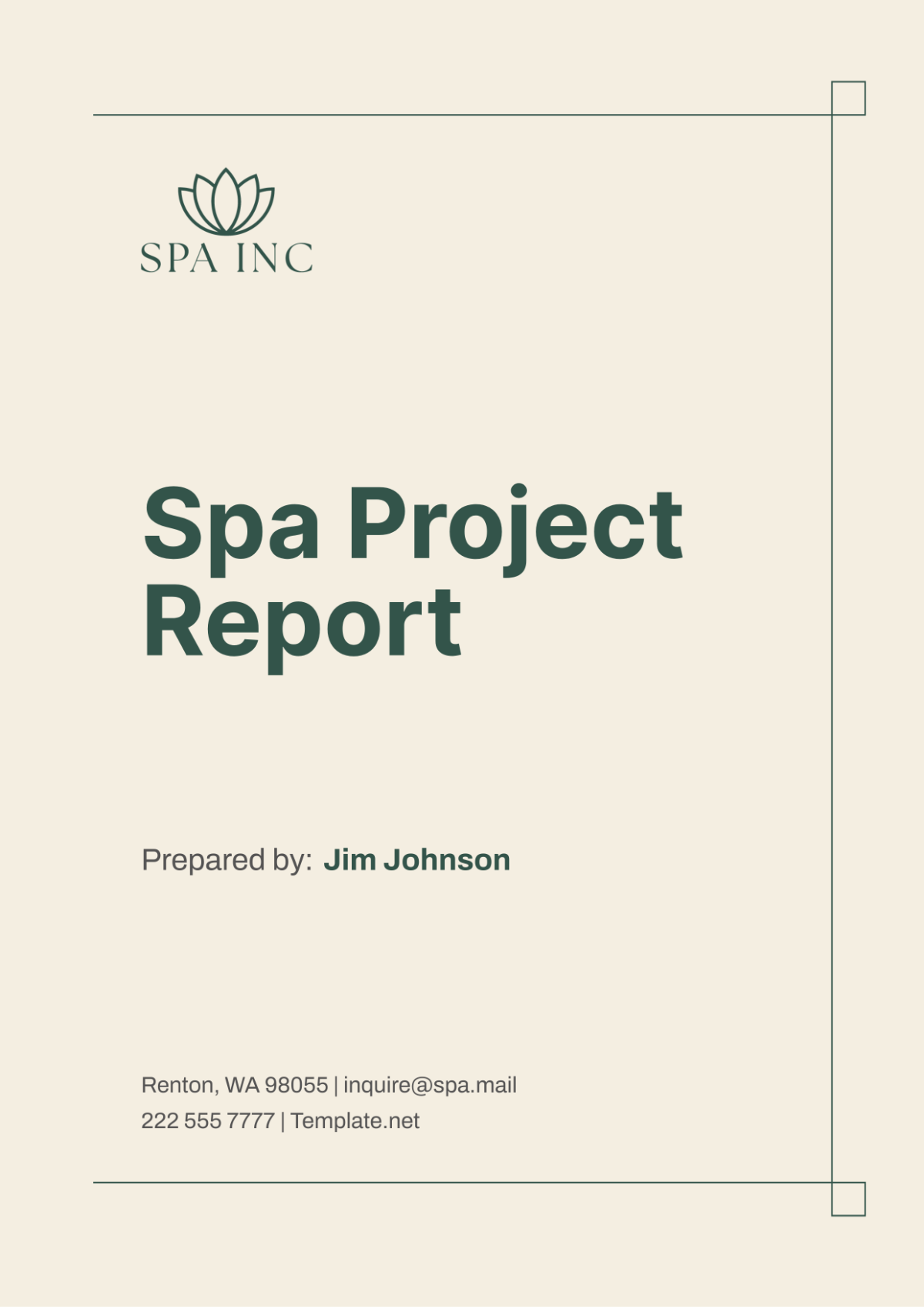Executive Summary Project Status Report
Prepared By | Company |
[YOUR NAME] | [YOUR COMPANY NAME] |
I. Introduction
This Executive Summary provides an overview of the current status of the project undertaken by [YOUR DEPARTMENT] at [YOUR COMPANY NAME]. The report outlines key achievements, challenges faced, and the upcoming milestones. This document aims to furnish all stakeholders with a concise and updated insight into the project's progression, aligning with the overarching objectives and timelines previously set.
The assessment and findings detailed herein are critical in facilitating informed decision-making and strategic planning. The insights drawn are intended to enable stakeholders to grasp the project's trajectory and make necessary adjustments to ensure continued success and alignment with the business goals of [YOUR COMPANY NAME].
III. Project Overview
The project titled [PROJECT TITLE] commenced on [START DATE] with the objective of [BRIEF PROJECT OBJECTIVE]. Managed by [PROJECT MANAGER NAME], the project seeks to address [PRIMARY CHALLENGE/OPPORTUNITY], aiming to deliver substantial benefits to [KEY BENEFICIARIES]. The following sections articulate the developments to date and outline the plan moving forward.
As of the latest reporting period ending [REPORT END DATE], the project has met several predefined benchmarks critical for the phased implementation strategy adopted. However, there have been obstacles that required strategic shifts and reallocation of resources, which will also be discussed.
IV. Key Achievements
Completion of initial project phase on schedule and within budget constraints, setting a solid foundation for the subsequent stages.
Successful integration of [NEW SYSTEM/TECHNOLOGY] which has enhanced operational efficiency by [SPECIFIC METRIC].
Strong stakeholder engagement characterized by frequent and constructive feedback loops.
IV. Challenges and Mitigations
Encountered issues with [SPECIFIC CHALLENGE] which were addressed by [MITIGATION STRATEGY], minimizing impacts on project momentum.
Resource constraints required adaptive resource management, optimizing the use of available project funds and human capital.
Regulatory compliance concerns were mitigated through collaborative consultations with relevant bodies, ensuring adherence to all legal requirements.
V. Next Steps
Finalize the development phase by [PLANNED DATE], including a comprehensive review of all deliverables.
Begin the testing phase in [TESTING PHASE START DATE], to ensure robustness and reliability before full-scale deployment.
Strengthen project visibility and support through enhanced internal communications and stakeholder collaboration initiatives.
VI. Findings
Throughout the project lifecycle, several key findings have emerged that warrant attention and consideration:
User Experience Enhancement: Feedback from end-users highlighted areas where further improvements in user experience can be made, particularly in [[SPECIFIC ASPECT]. Addressing these concerns can significantly enhance adoption rates and overall satisfaction.
Market Analysis Insights: A comprehensive market analysis conducted during the project revealed emerging trends and competitive landscapes that may impact the project's long-term viability. Incorporating these insights into the project strategy will ensure its relevance and competitiveness.
Performance Metrics Evaluation: The evaluation of performance metrics showcased areas of notable success, such as [SPECIFIC METRIC IMPROVEMENT], while also identifying areas requiring refinement to meet desired targets. Continuous monitoring and adjustment of performance metrics are vital for maintaining project momentum and effectiveness.
VIII. Recommendations
Based on the findings outlined above, the following recommendations are proposed to optimize project outcomes and ensure its alignment with organizational goals:
Iterative User Testing: Implement a structured approach to iterative user testing to gather continuous feedback and refine user experience design iteratively. This will ensure that the final product meets user expectations and drives maximum value.
Adaptive Strategy Formulation: Regularly revisit the project strategy in light of market analysis findings to adapt to evolving market conditions and capitalize on emerging opportunities. Flexibility in strategy formulation will enhance the project's agility and resilience in dynamic environments.
Enhanced Performance Monitoring: Implement robust systems for real-time performance monitoring to promptly identify deviations from targets and enable proactive intervention. This will facilitate timely course corrections and ensure the project remains on track towards its objectives.
VIII. Conclusion
This Executive Summary serves to underline the significant progress of the [PROJECT TITLE] while being candid about the challenges faced. The insights provided in this report are geared towards enabling [YOUR COMPANY NAME] and its valued stakeholders to take stock of the project's status and to strategically position for the future phases.
The continued support and active engagement of all stakeholders remain imperative to the successful delivery of this key initiative. The project team, under the guidance of [PROJECT MANAGER NAME], is committed to achieving the set objectives with excellence and in alignment with the core values of [YOUR COMPANY NAME].
